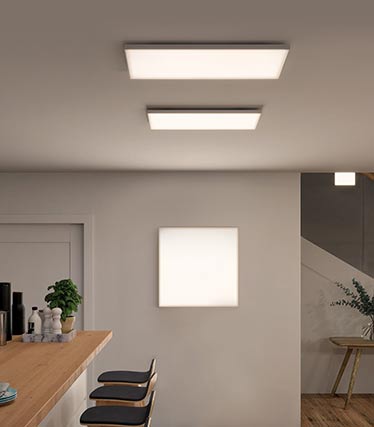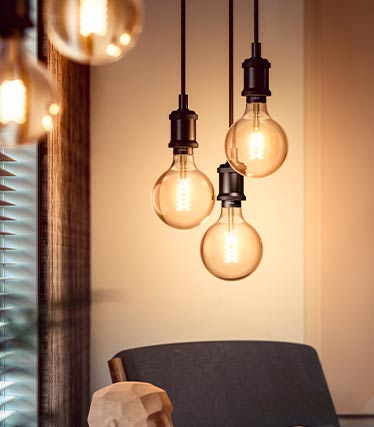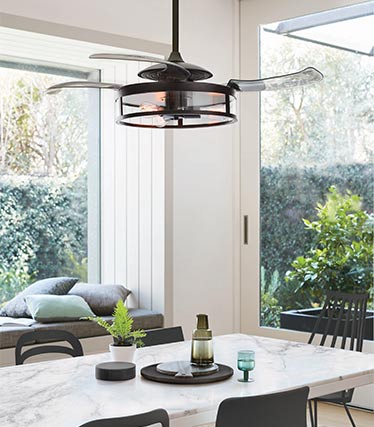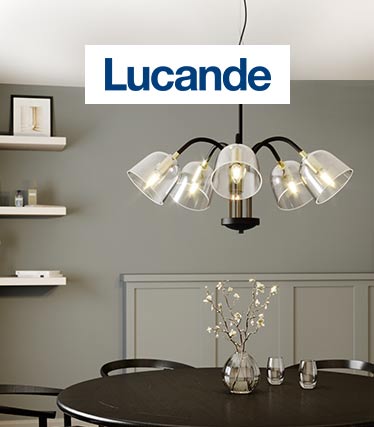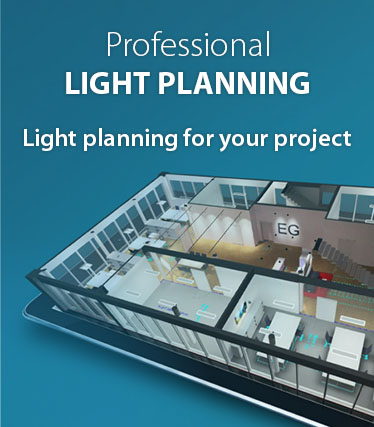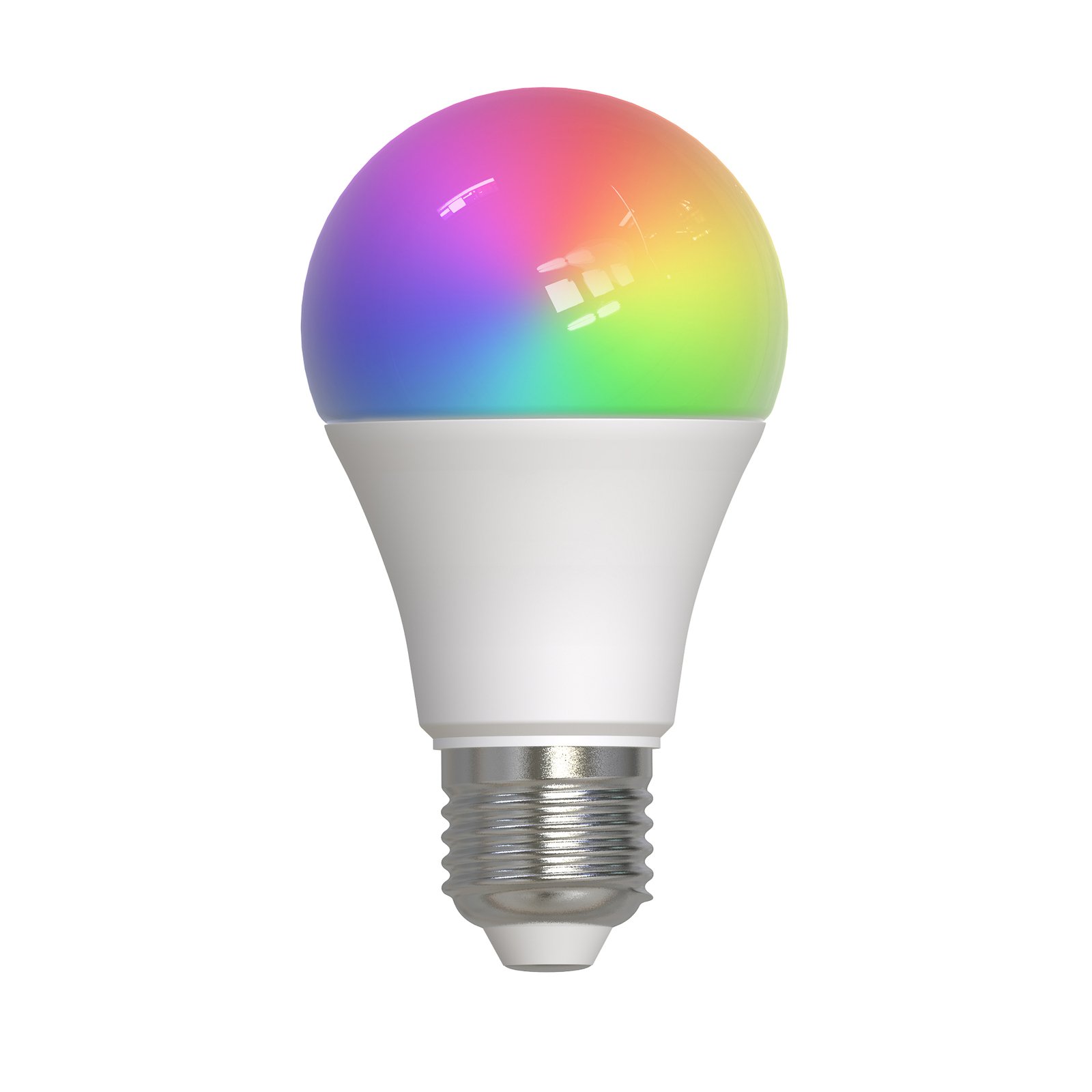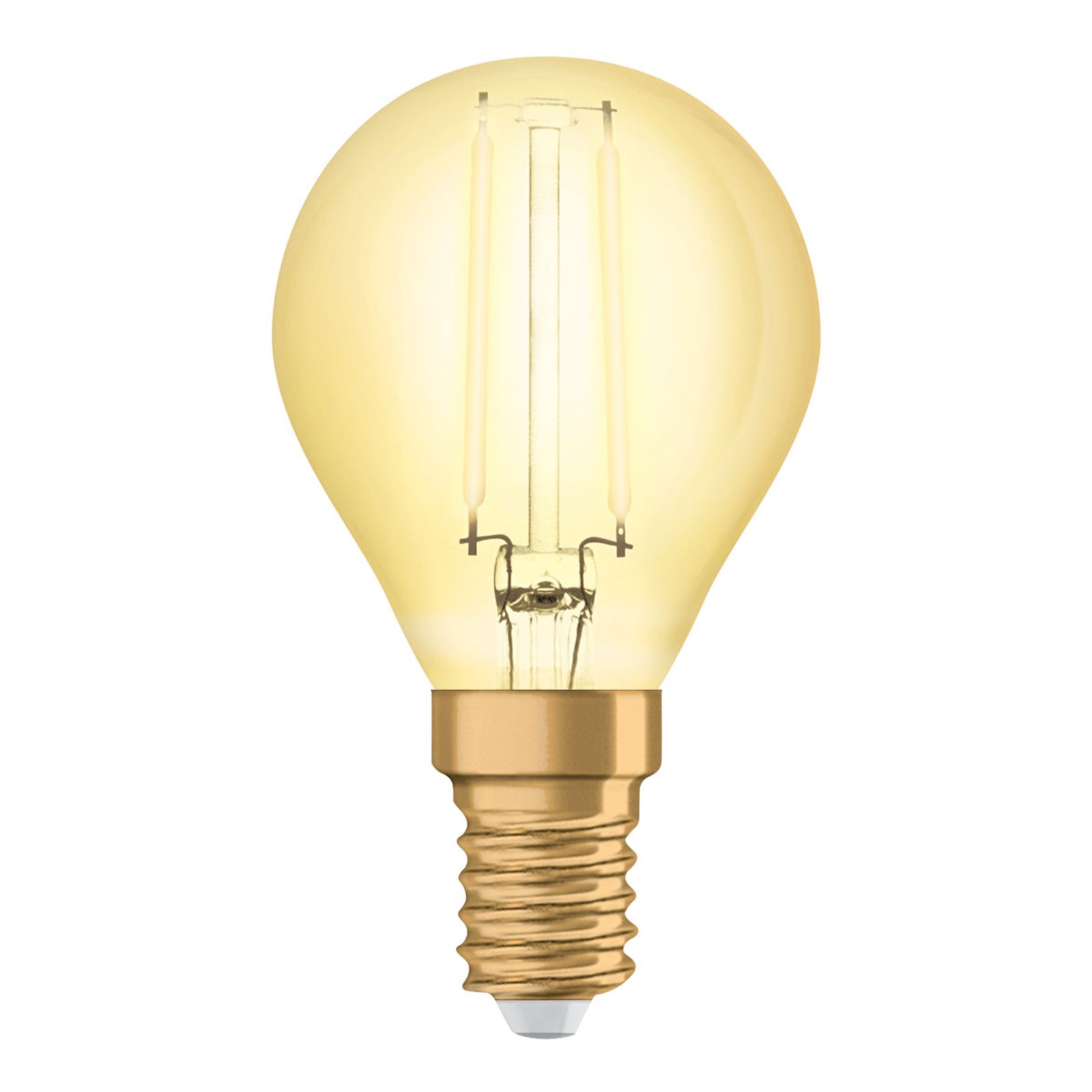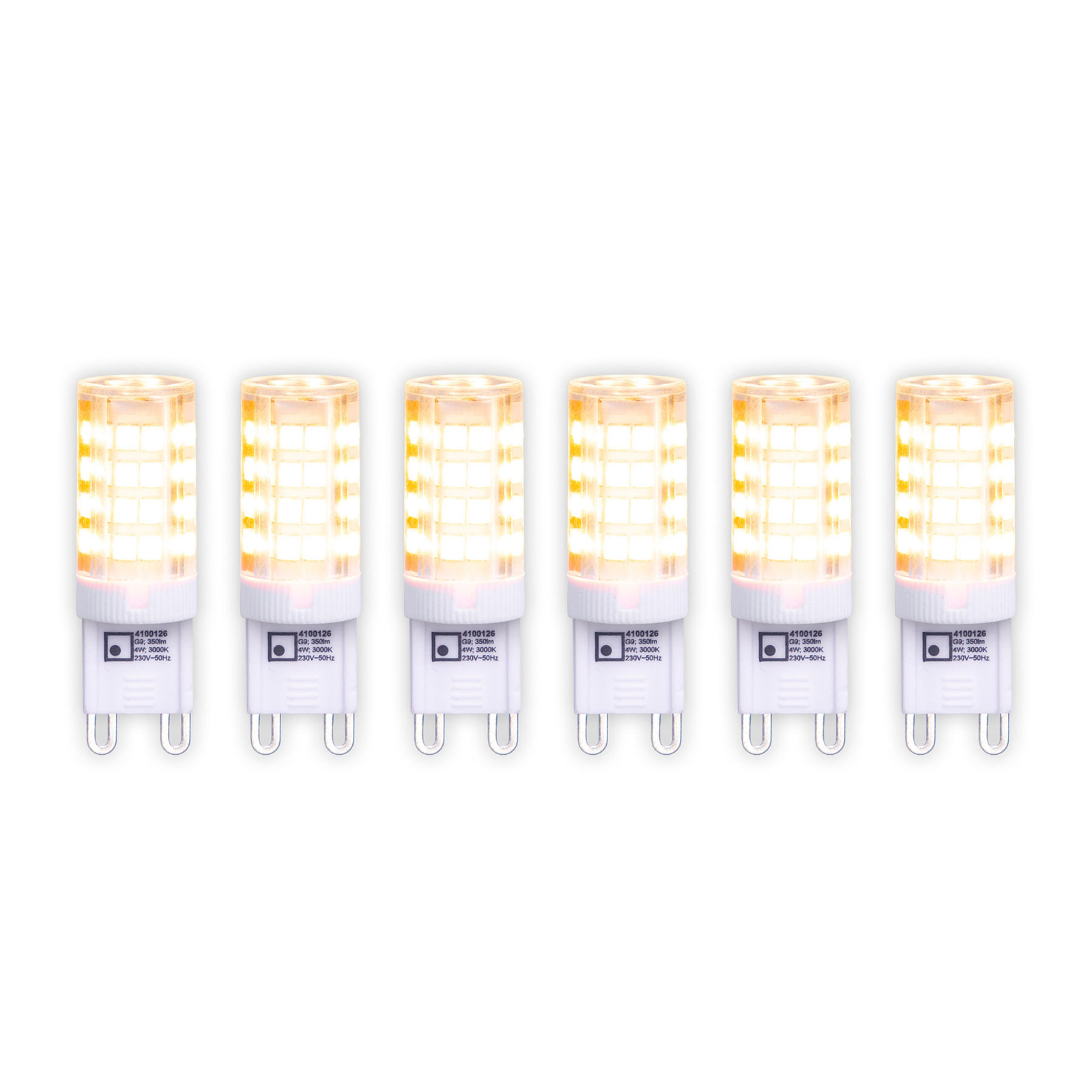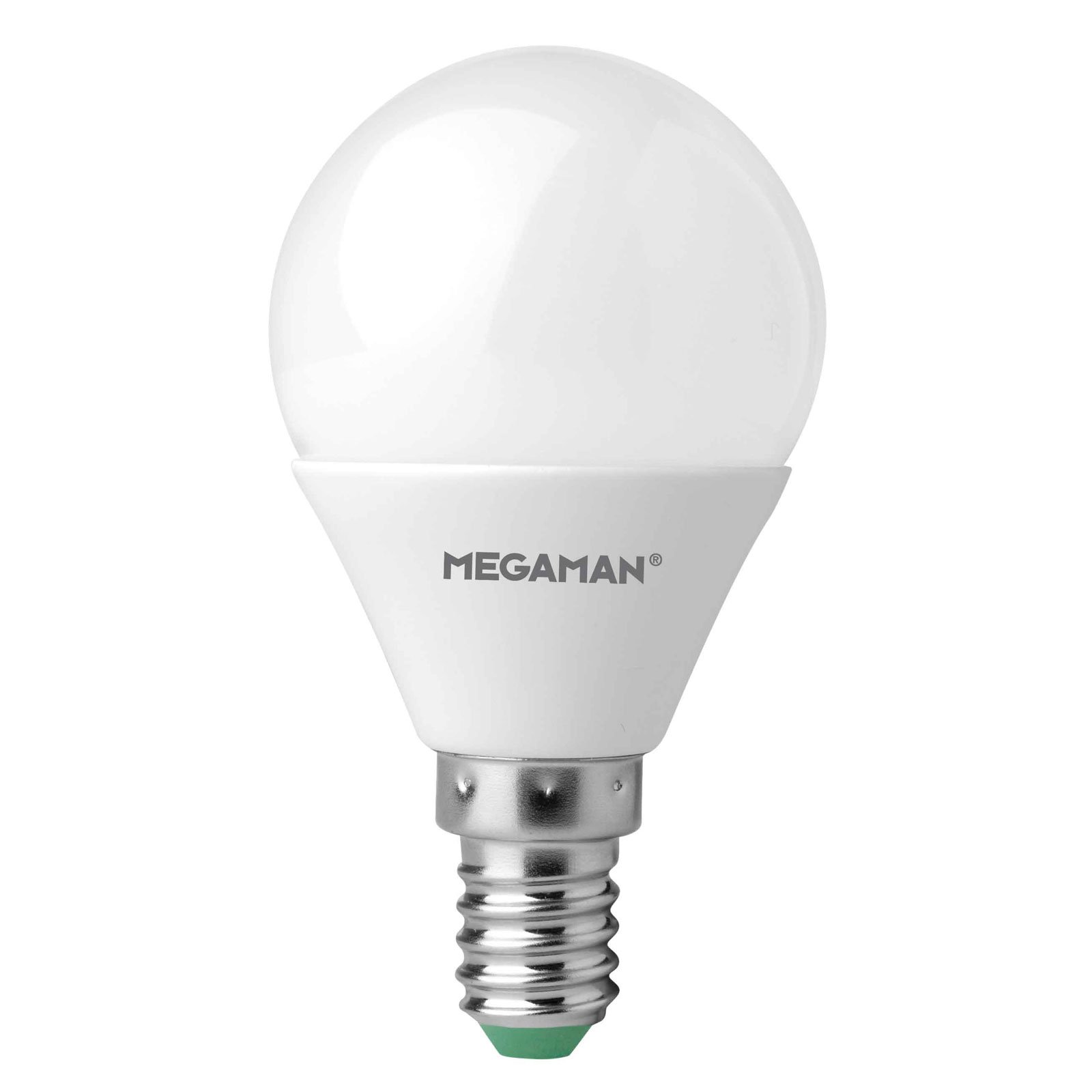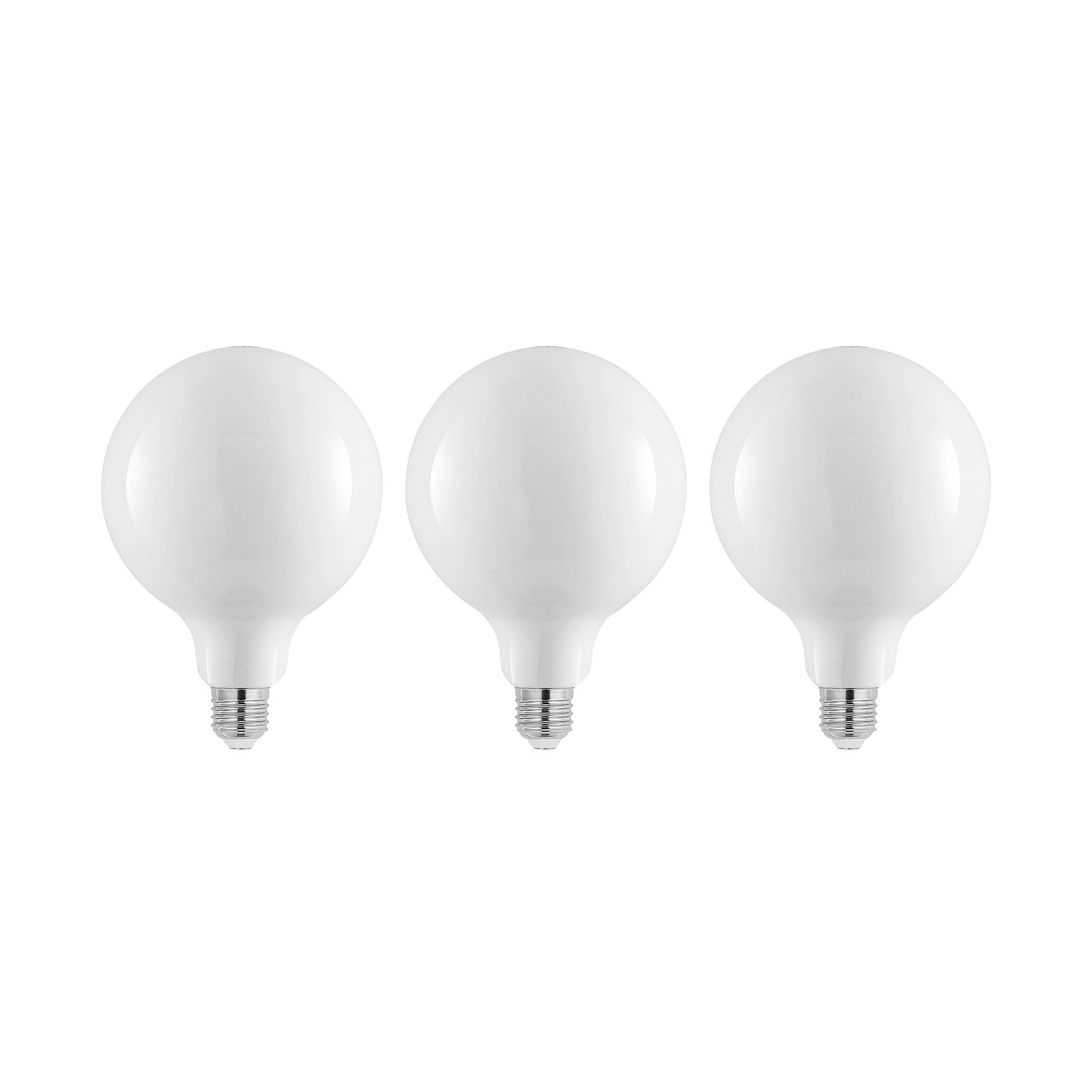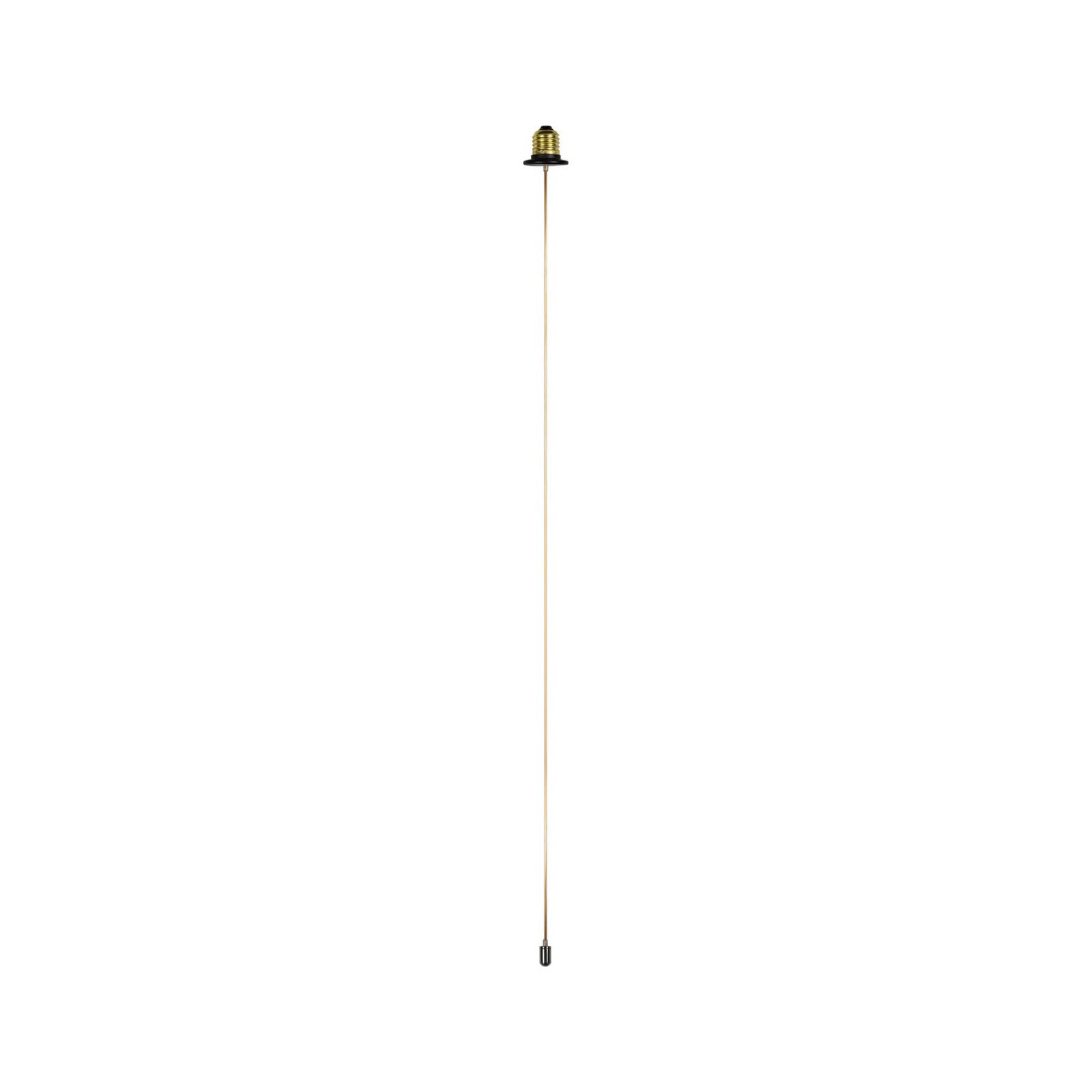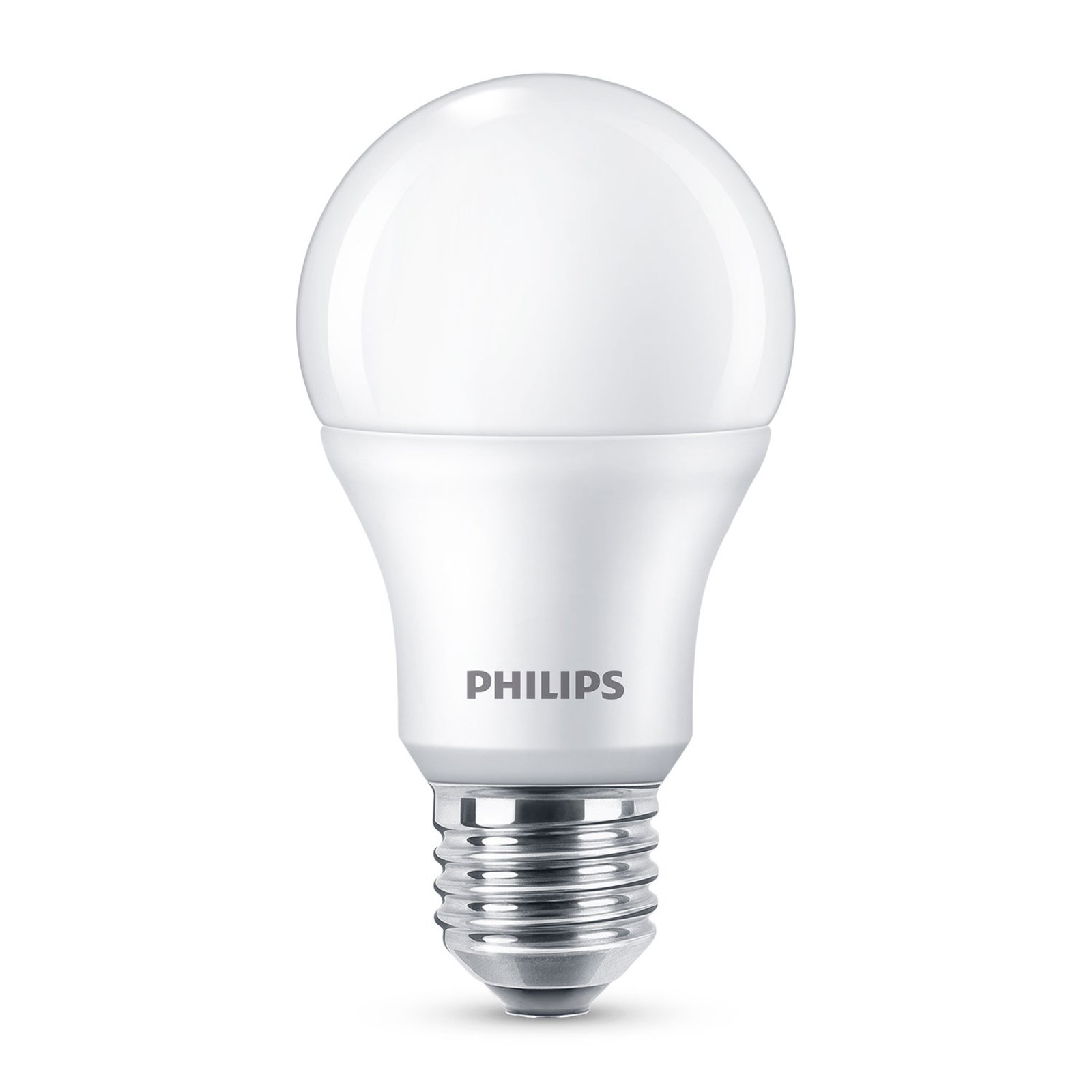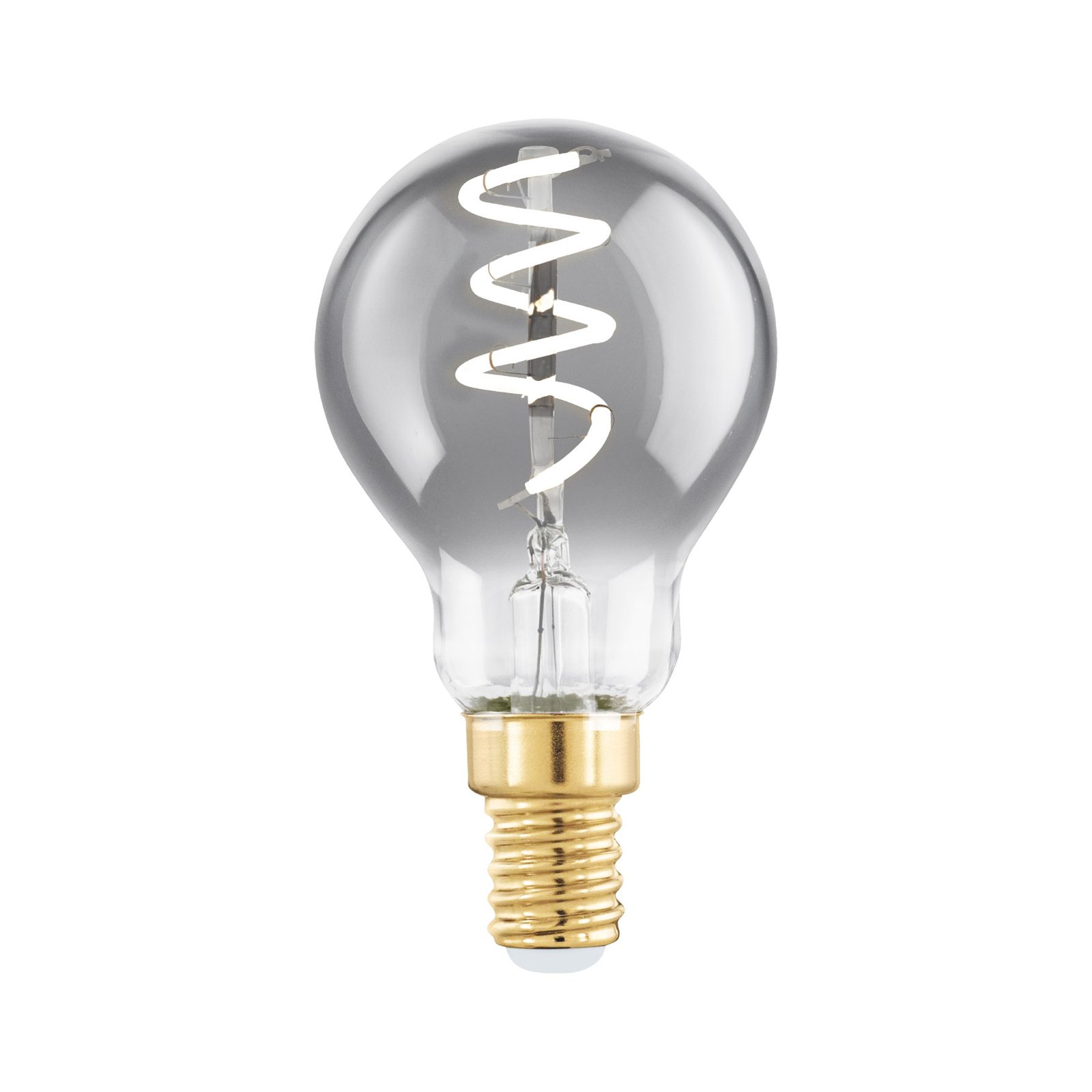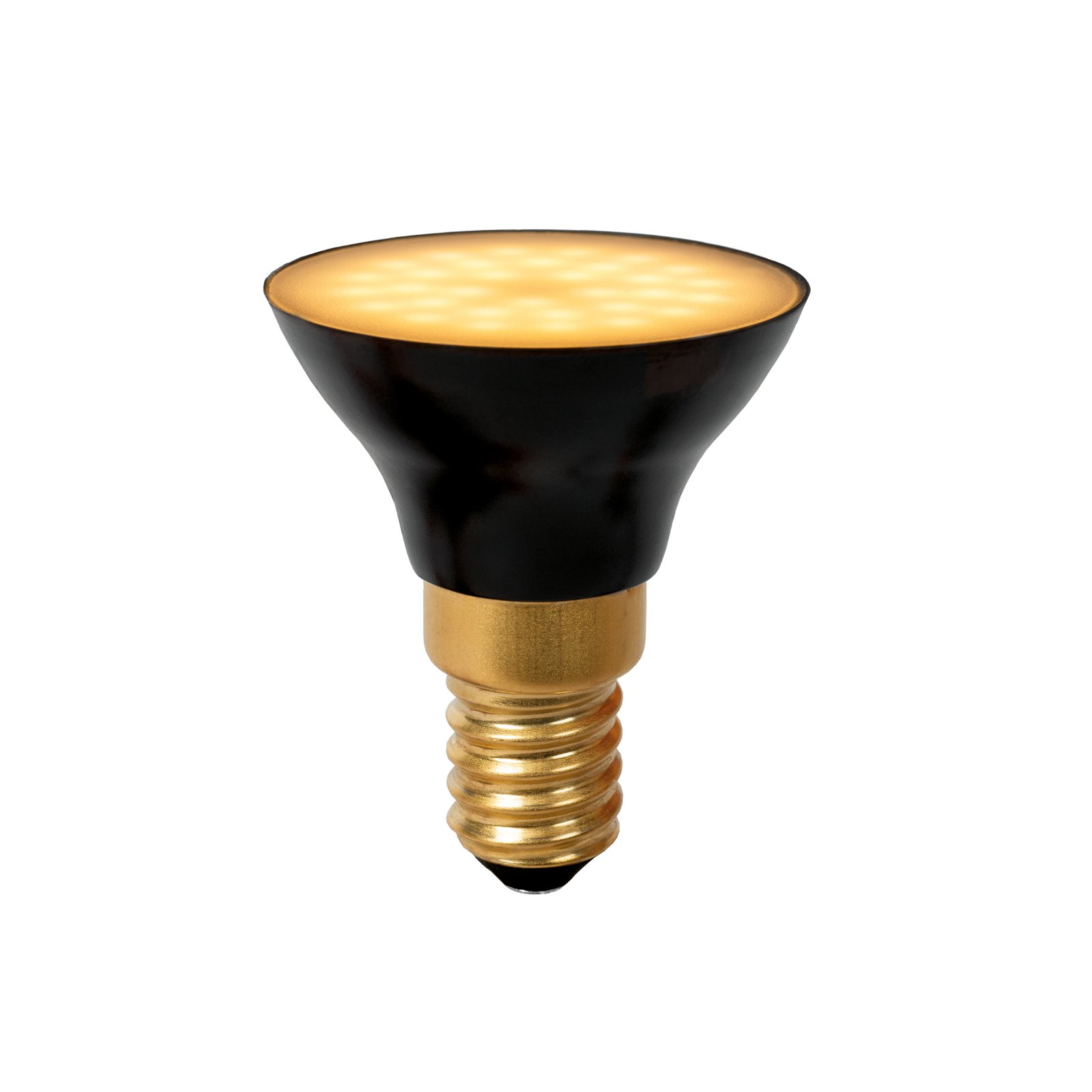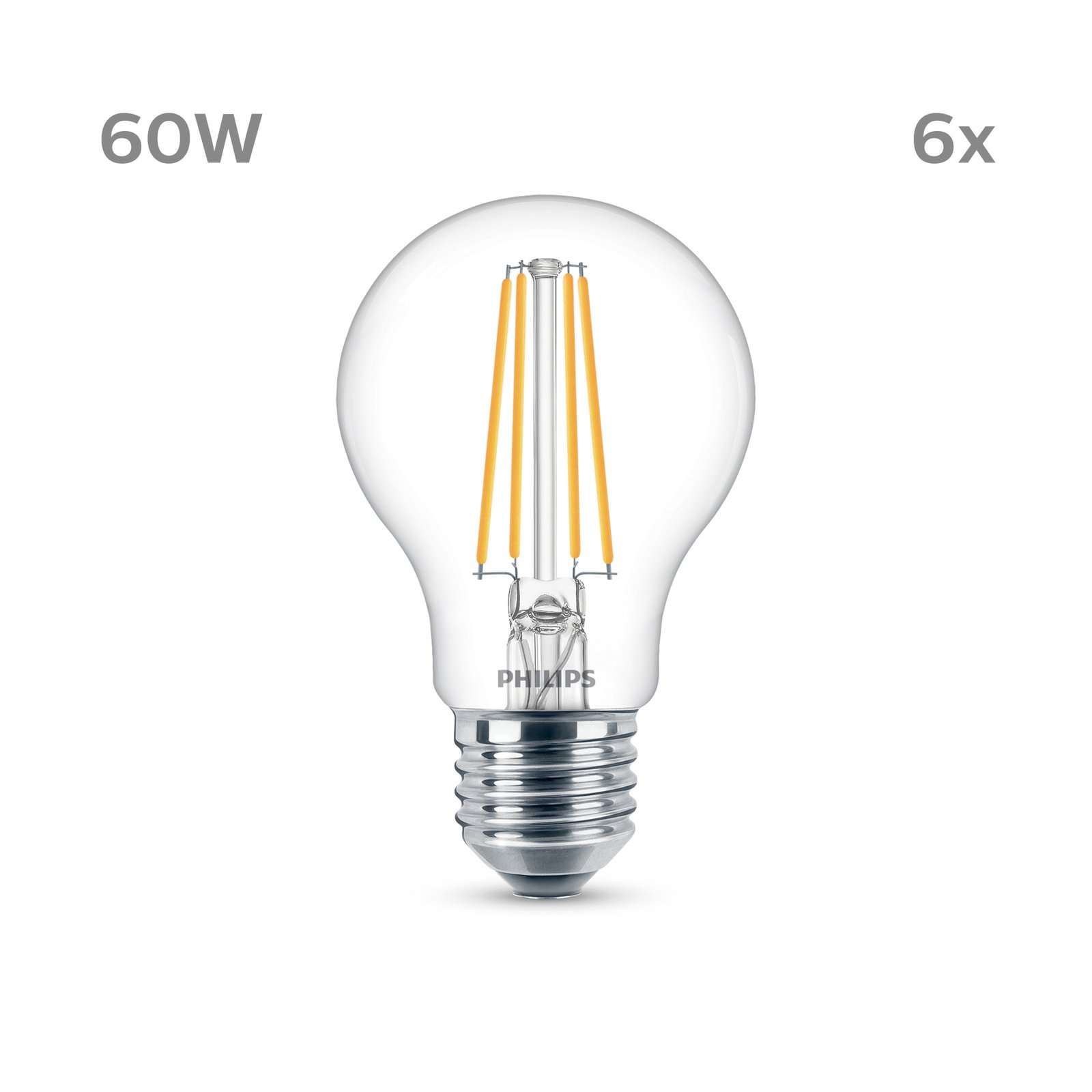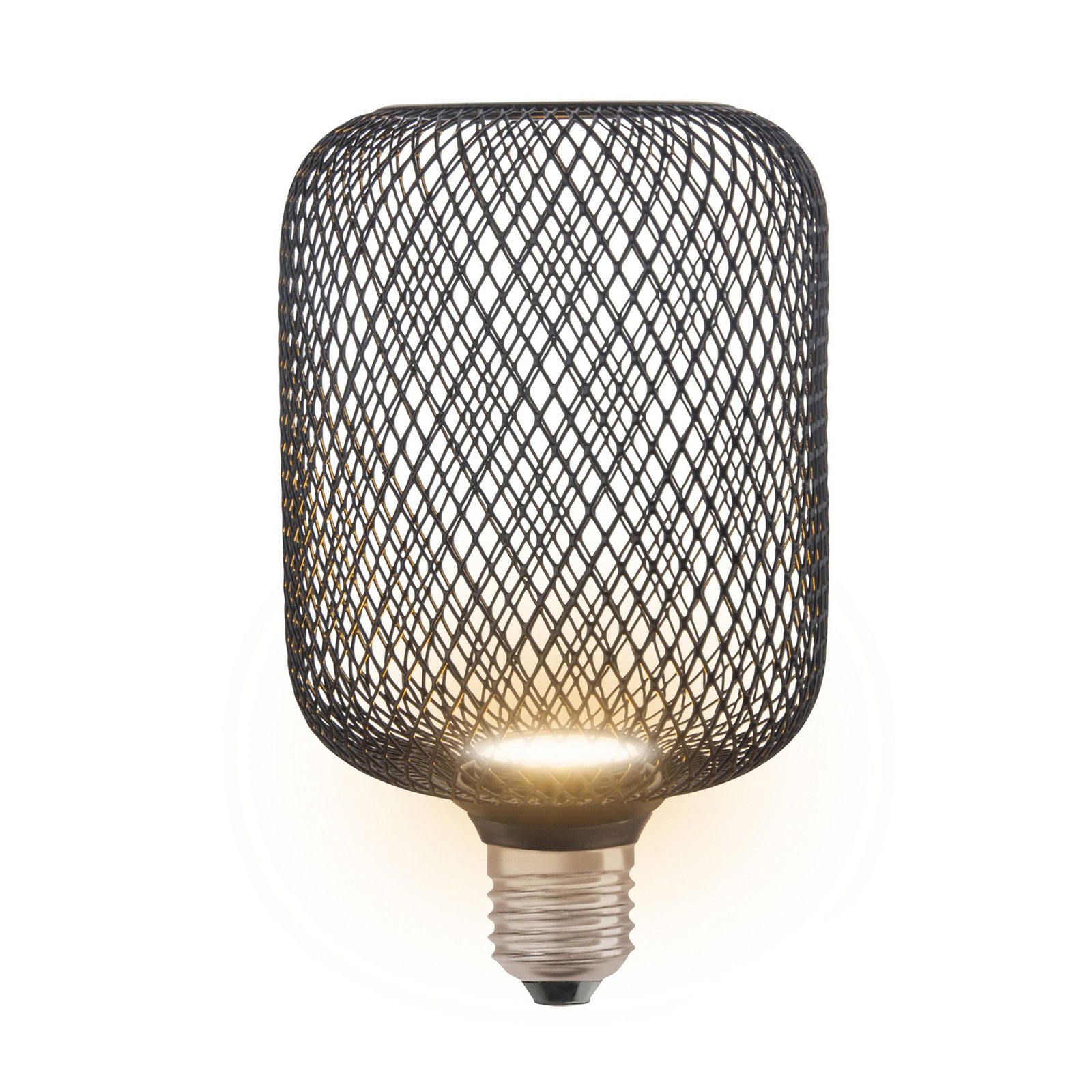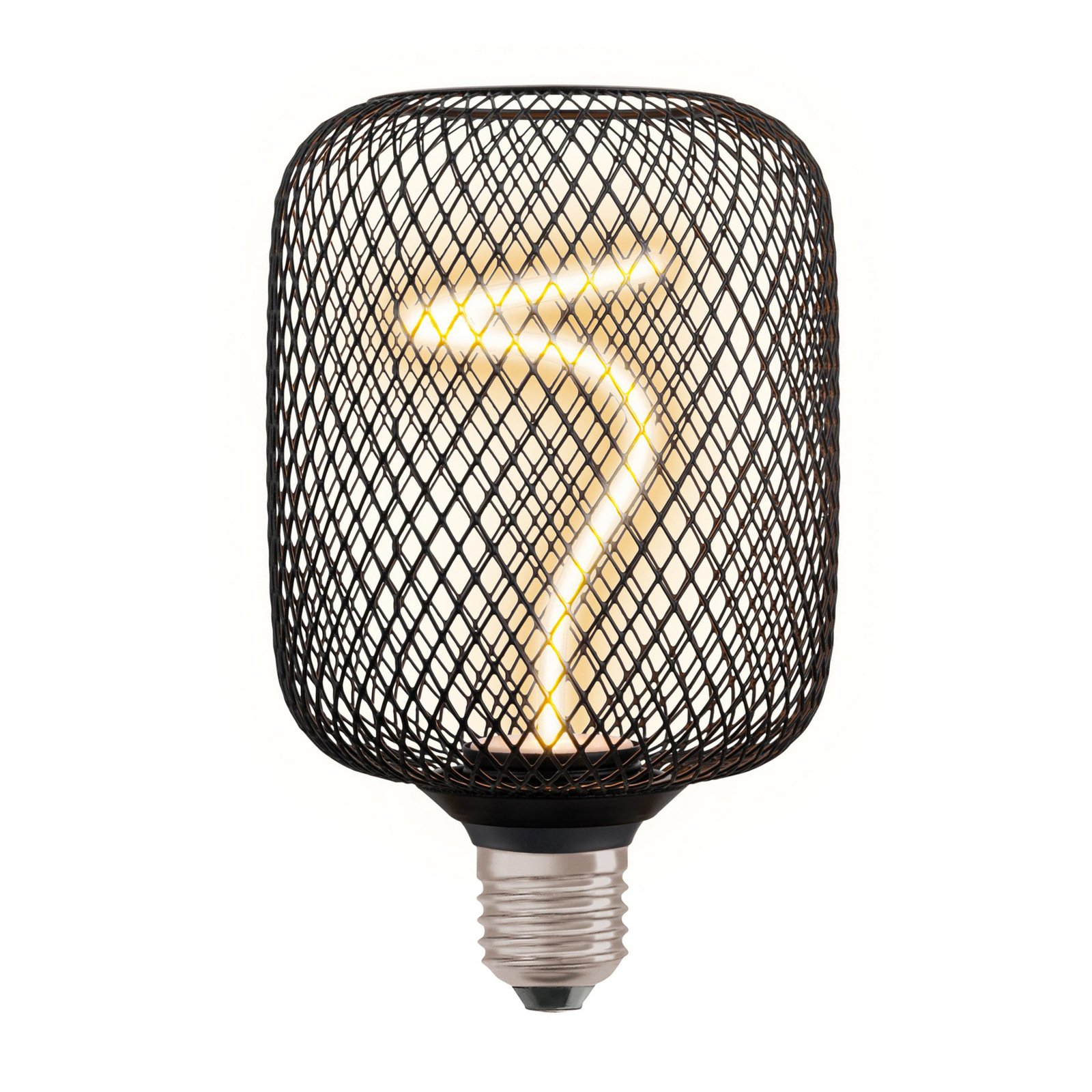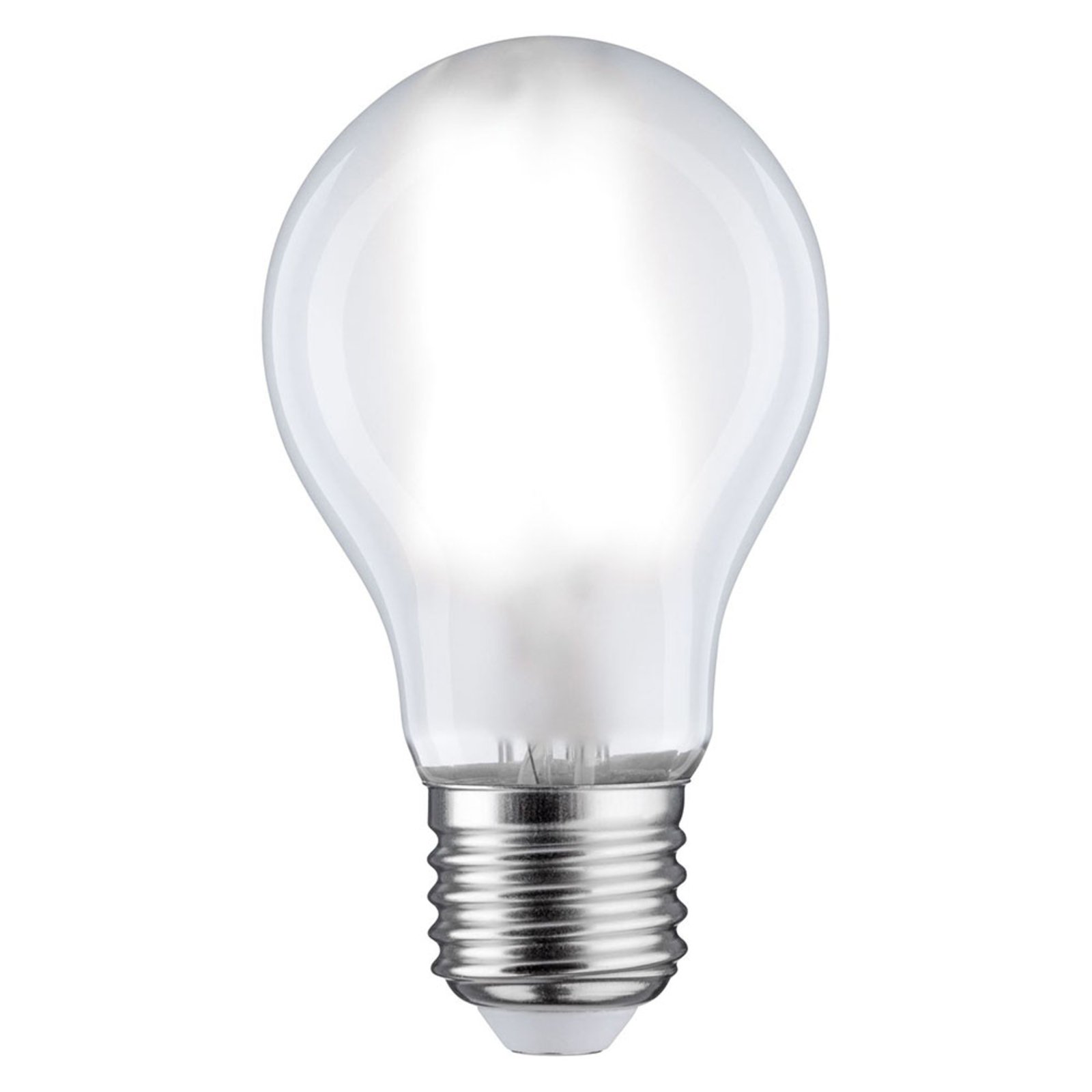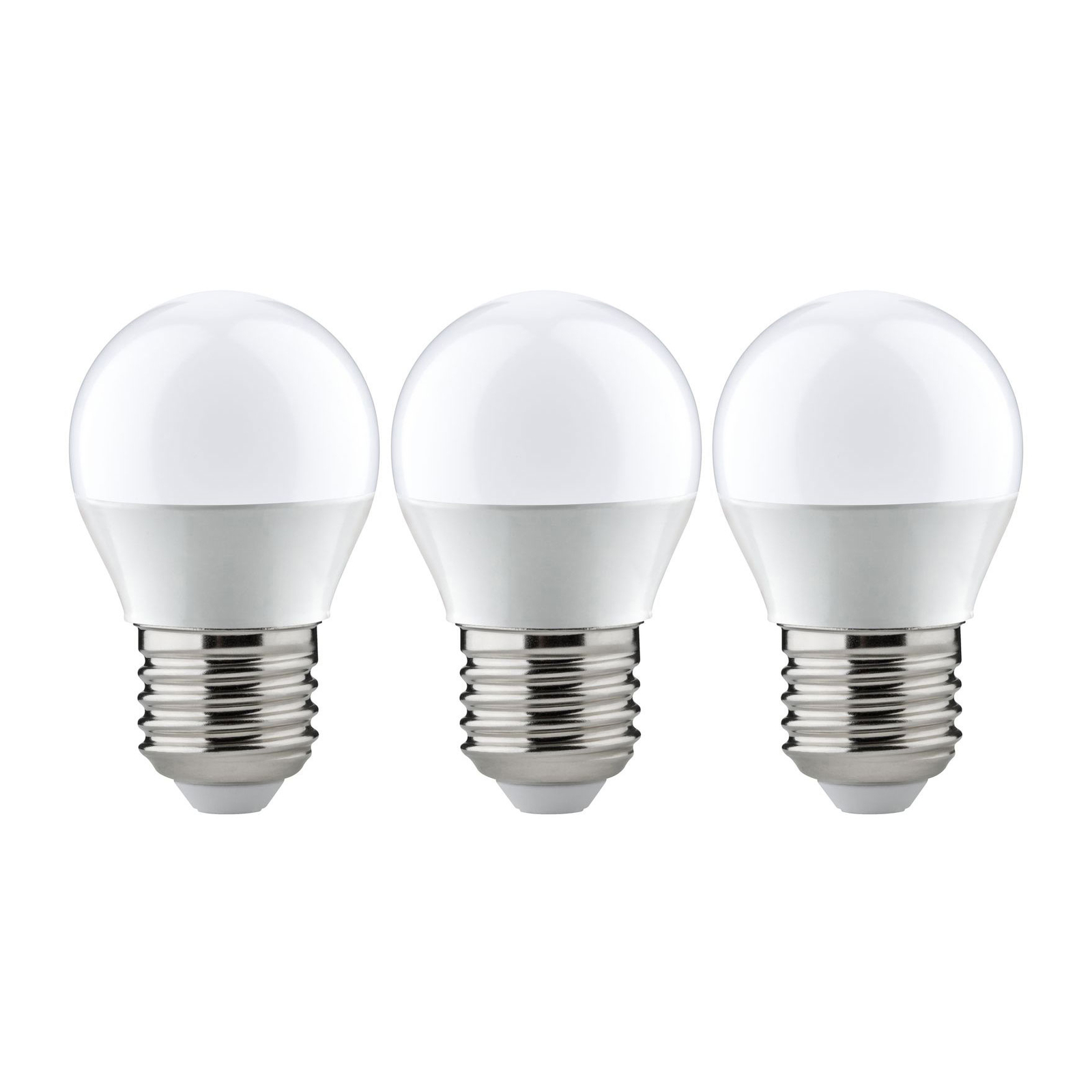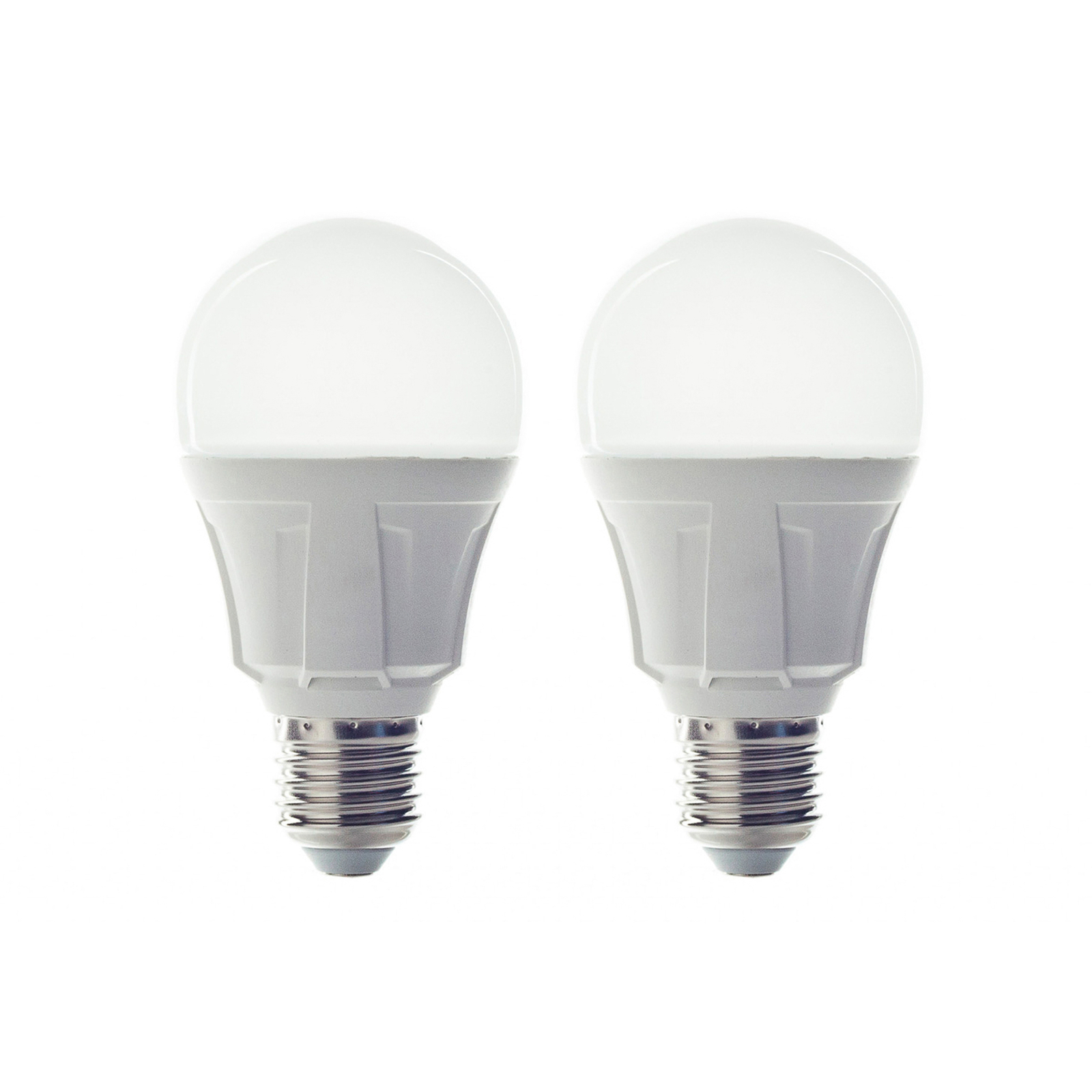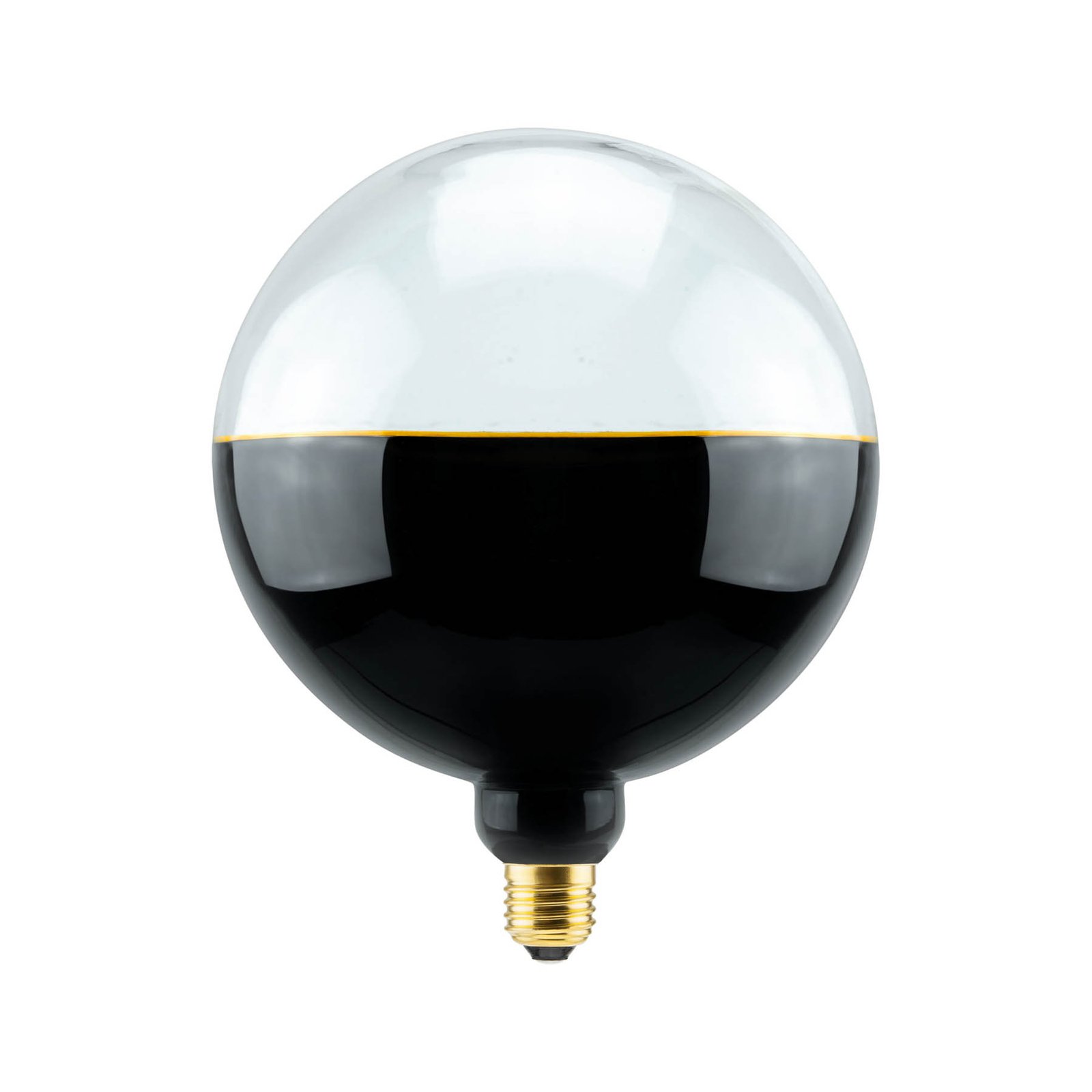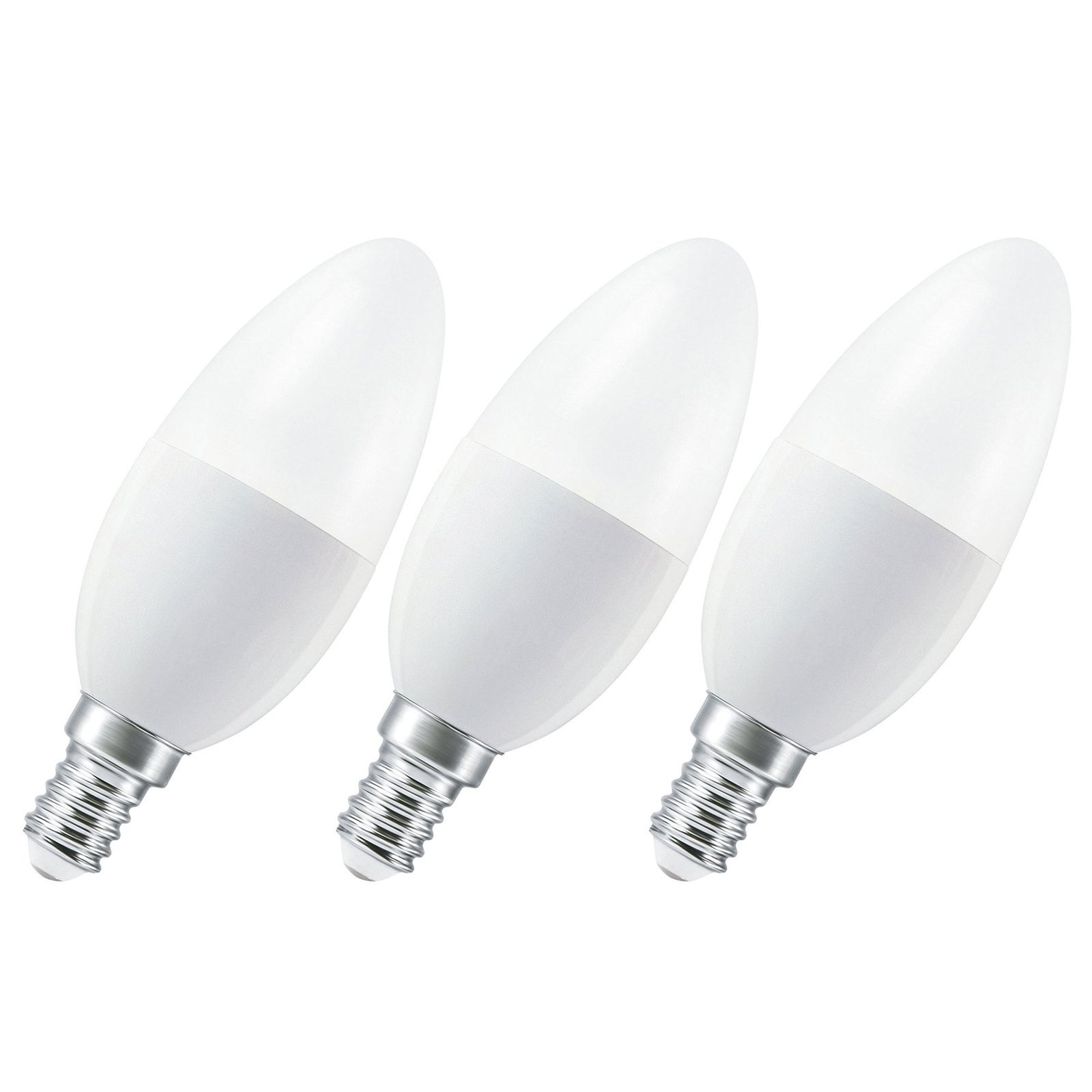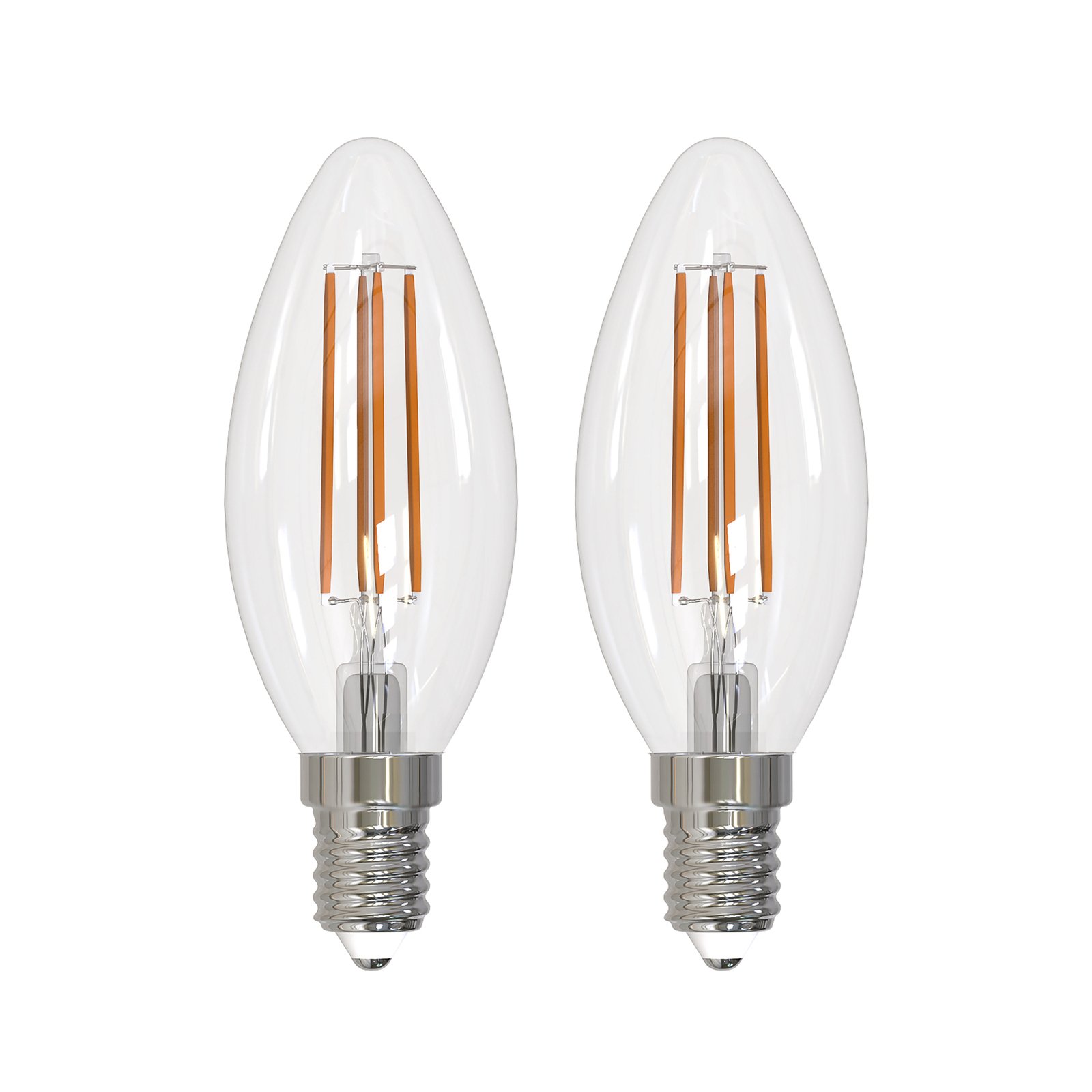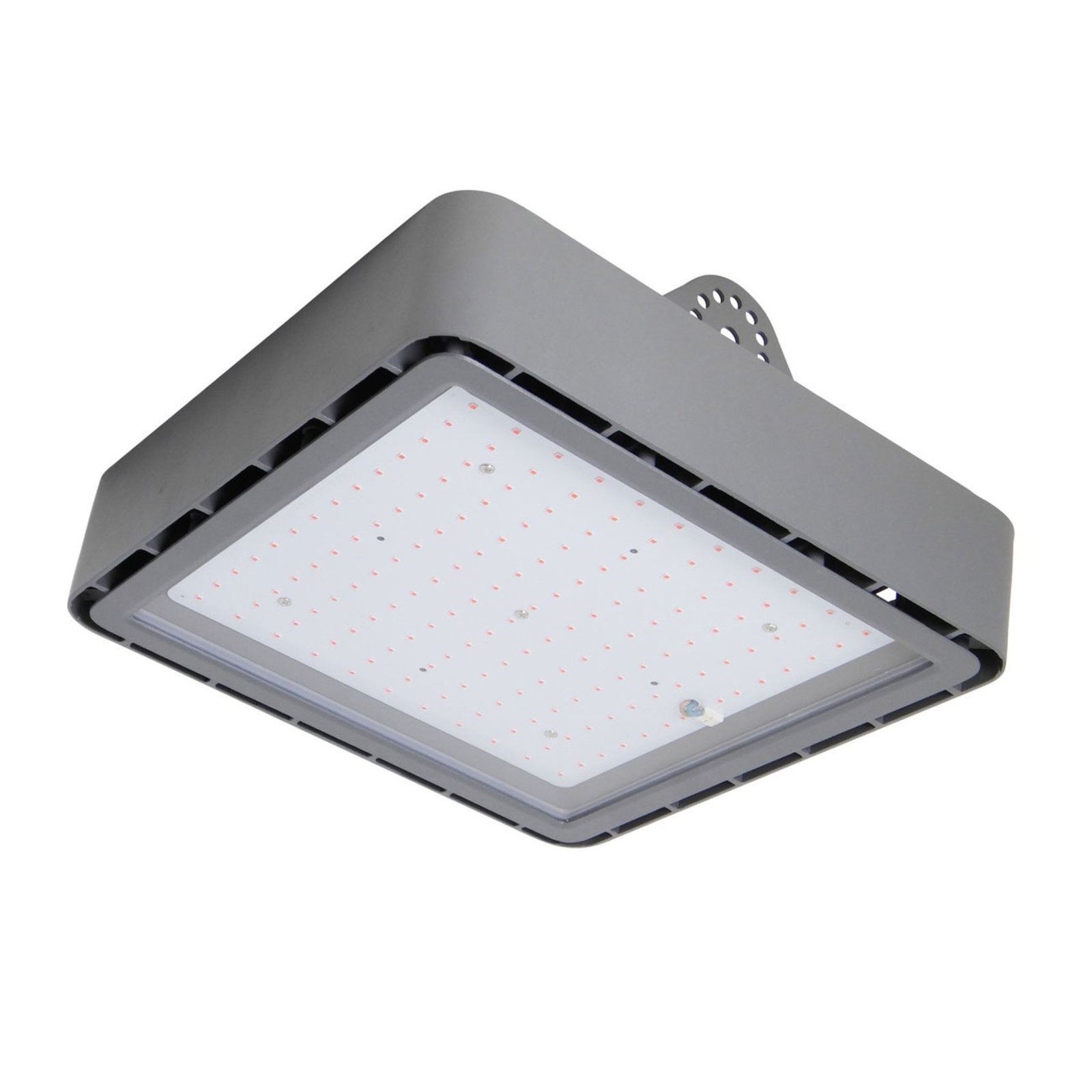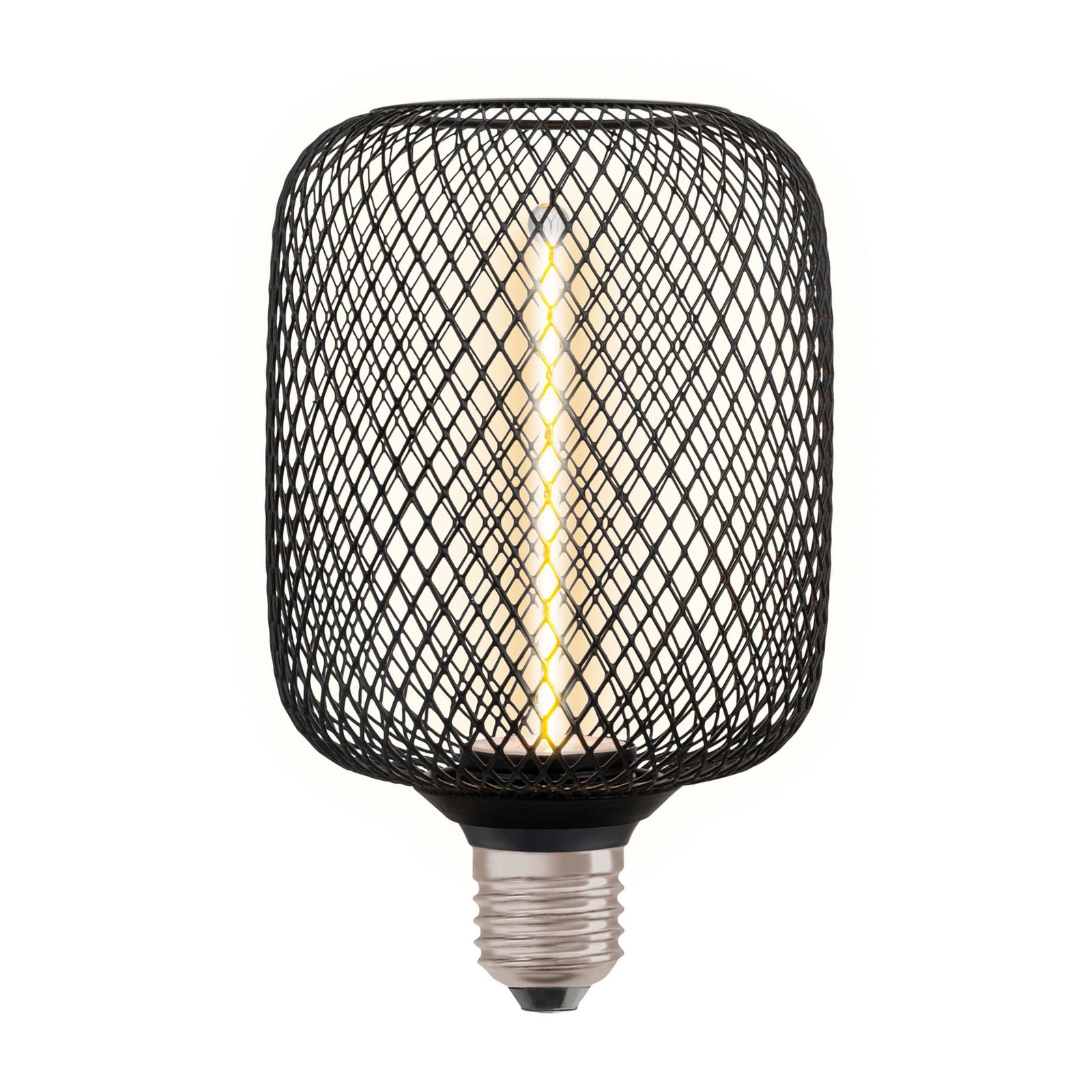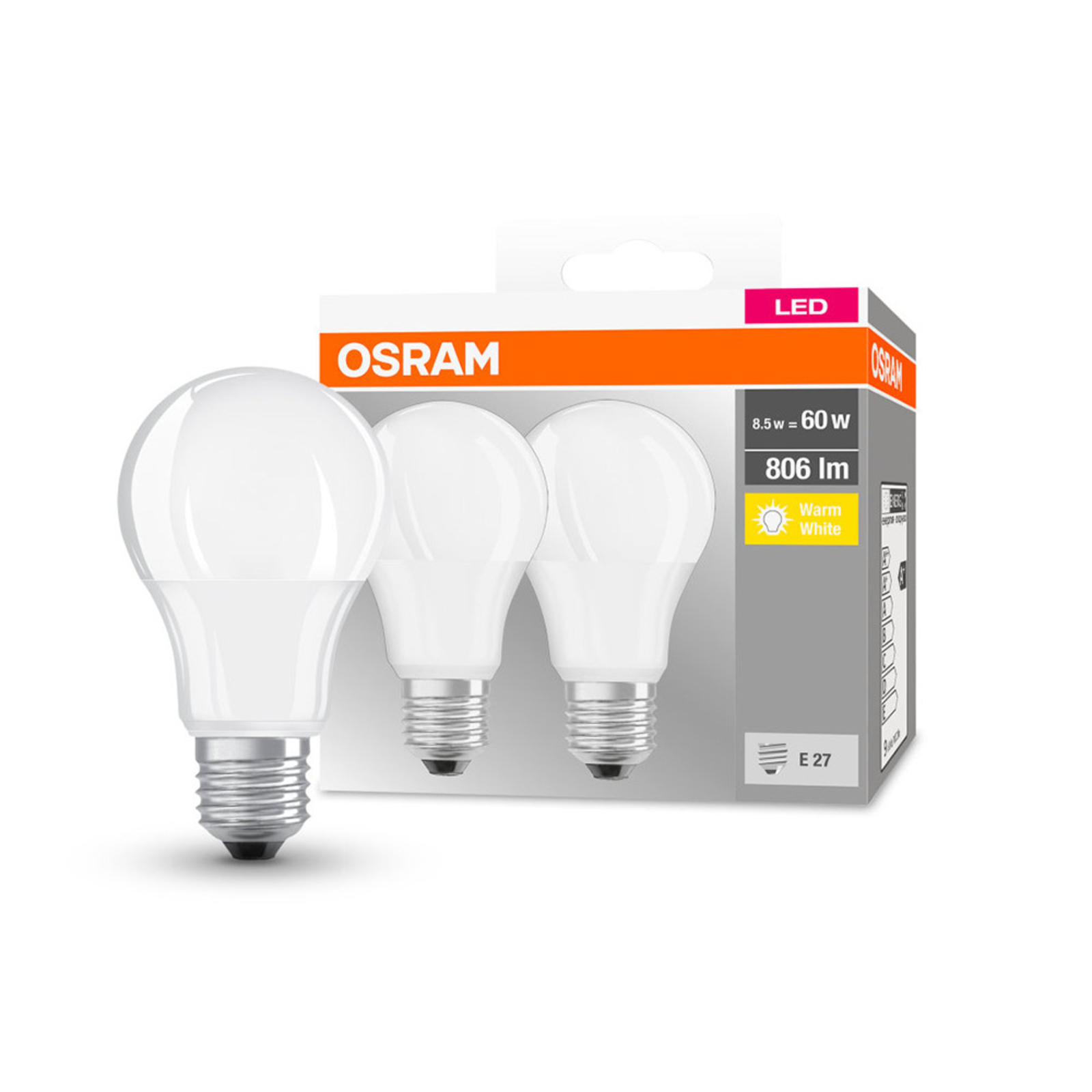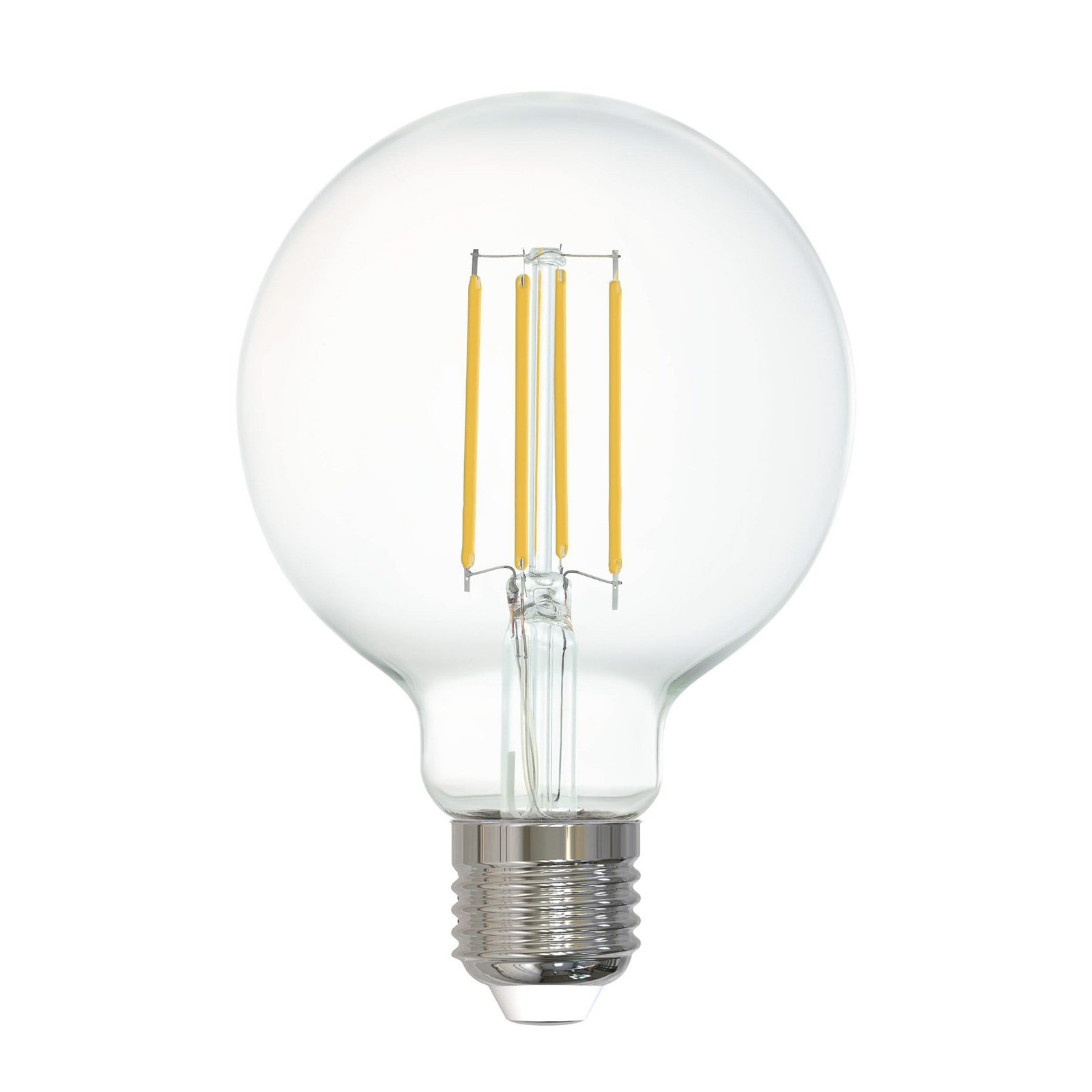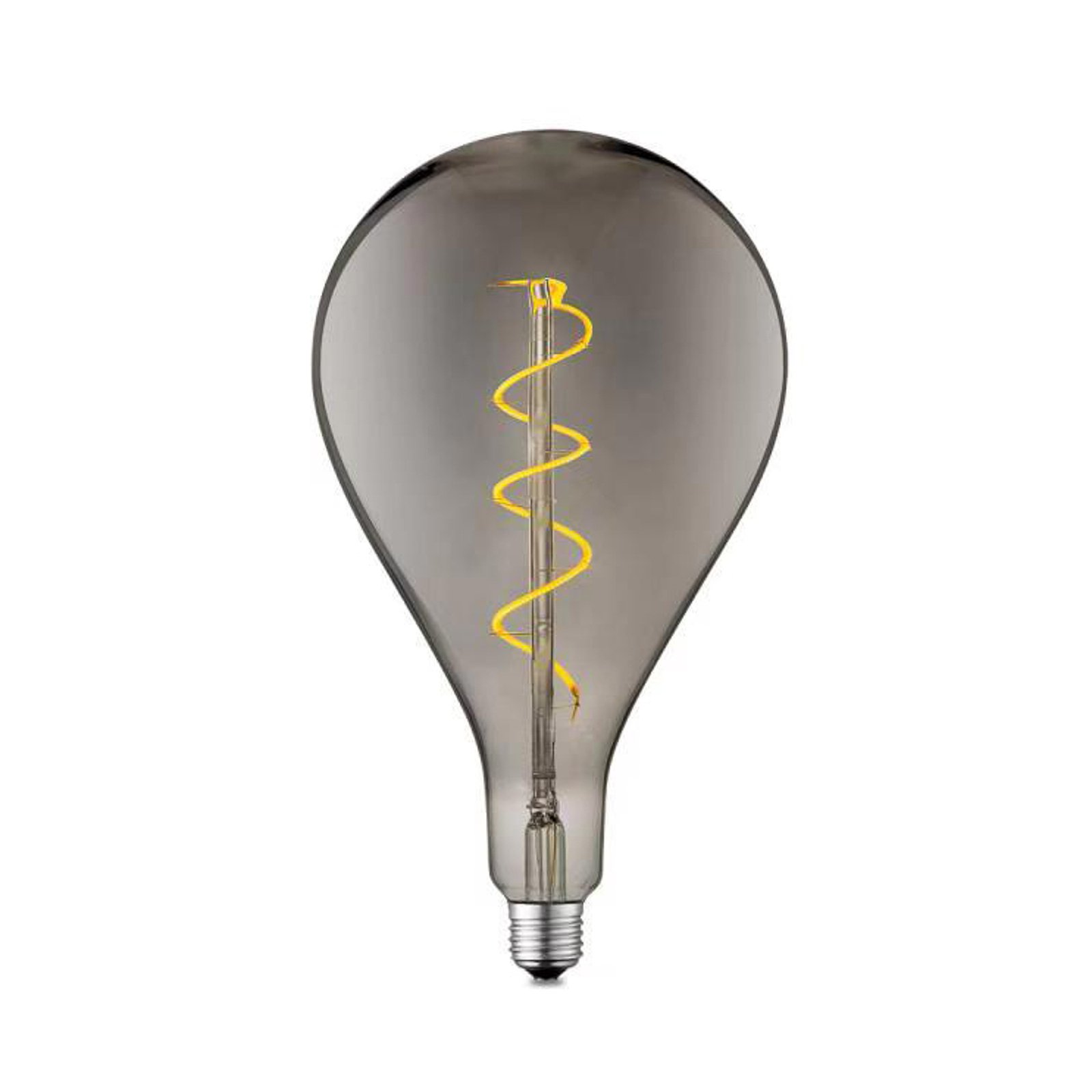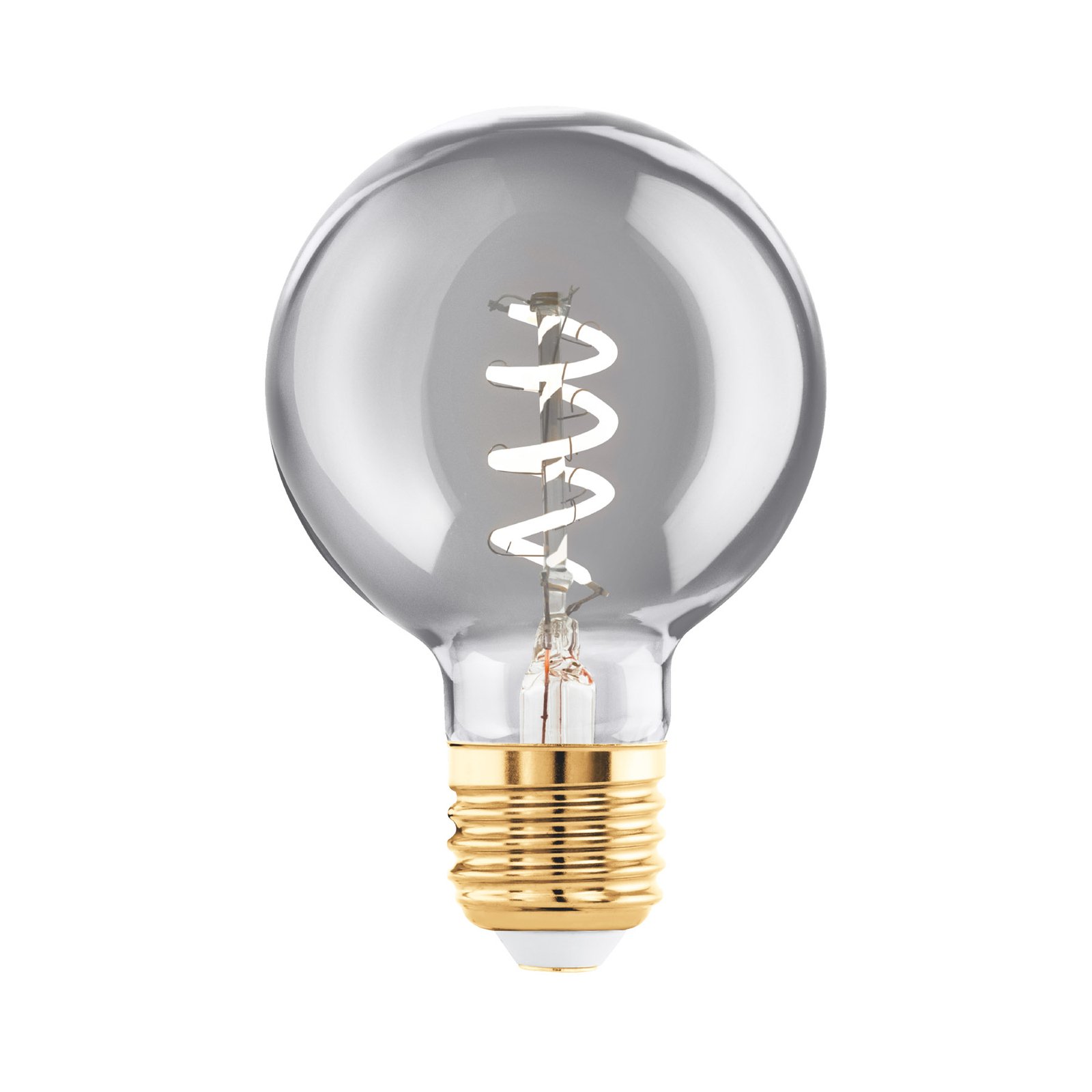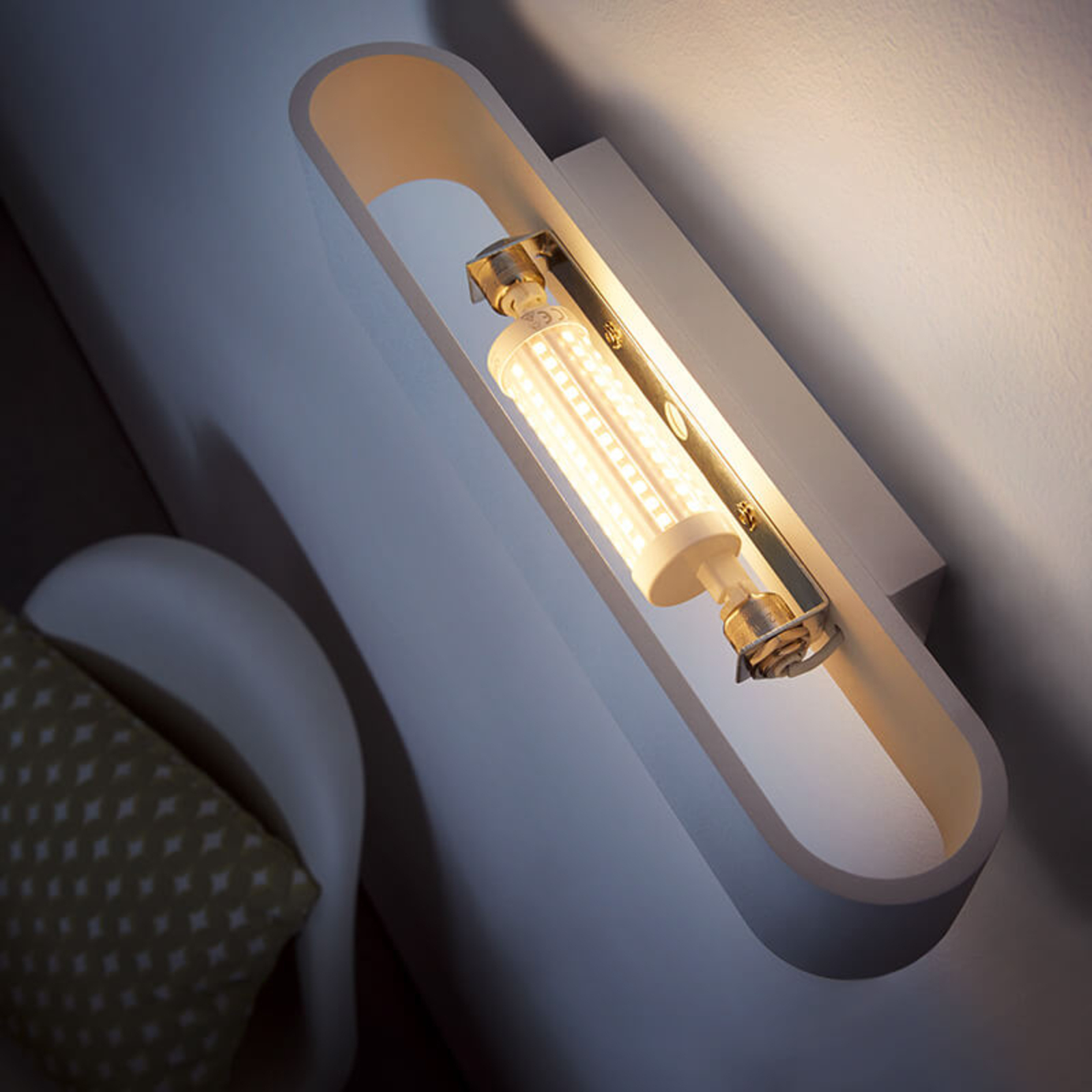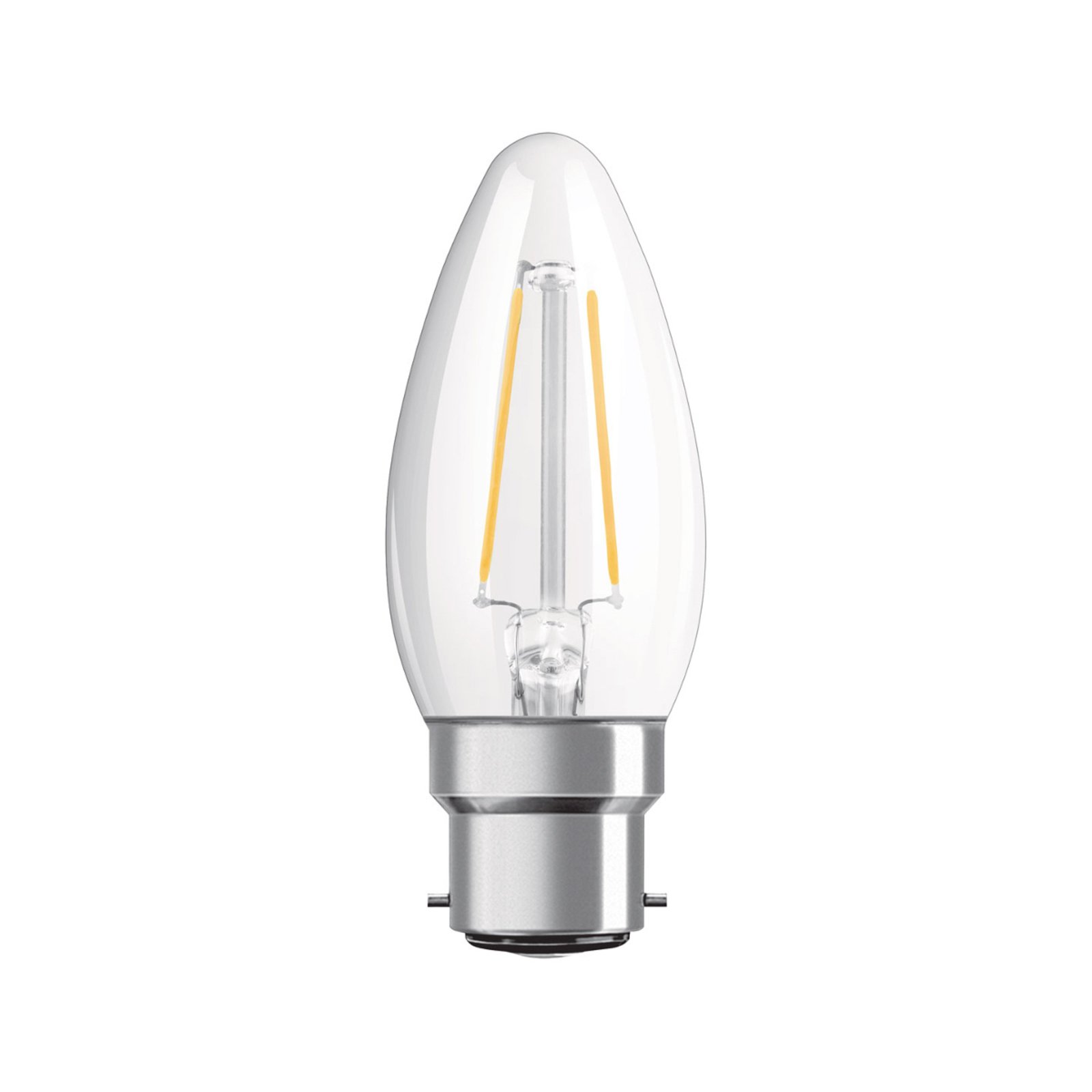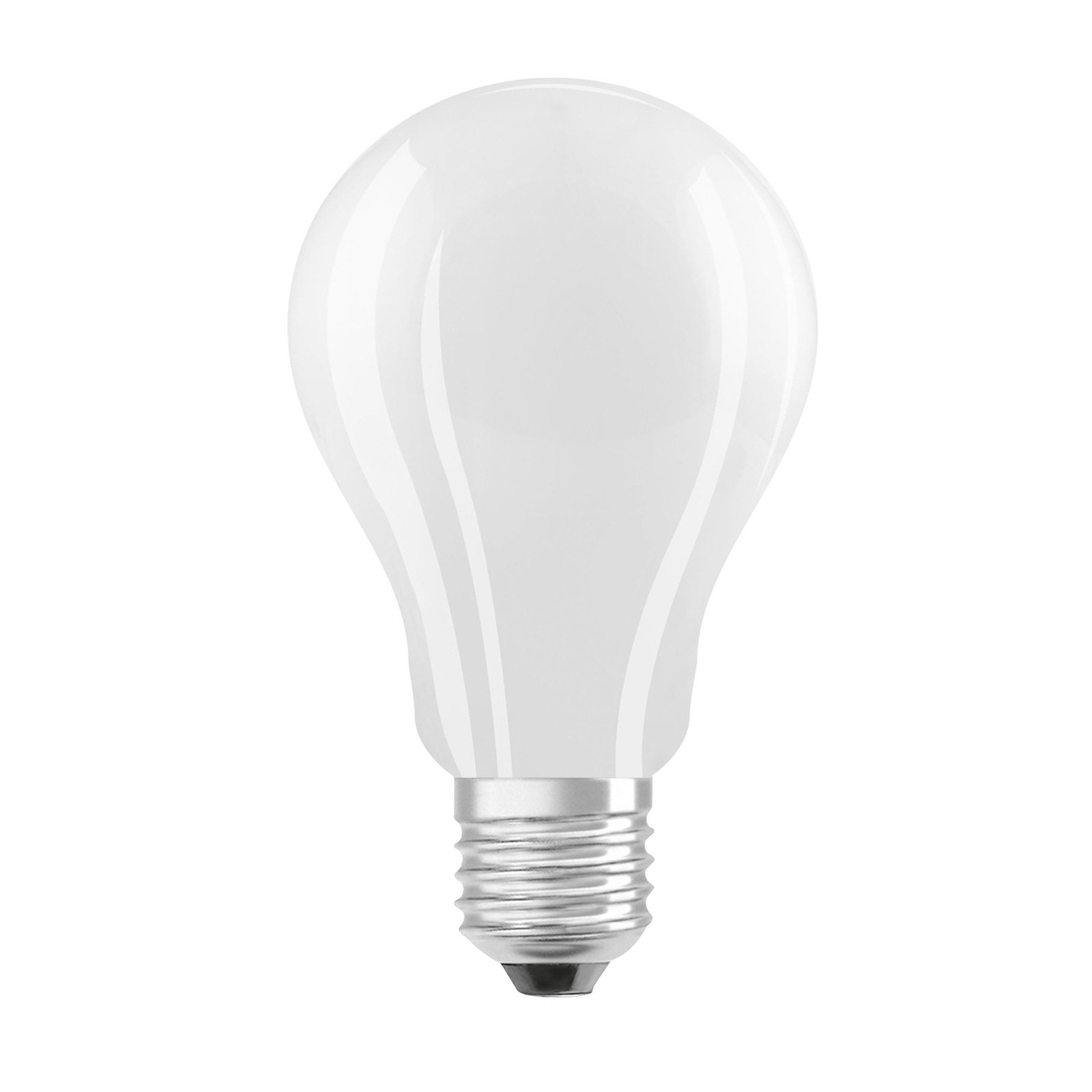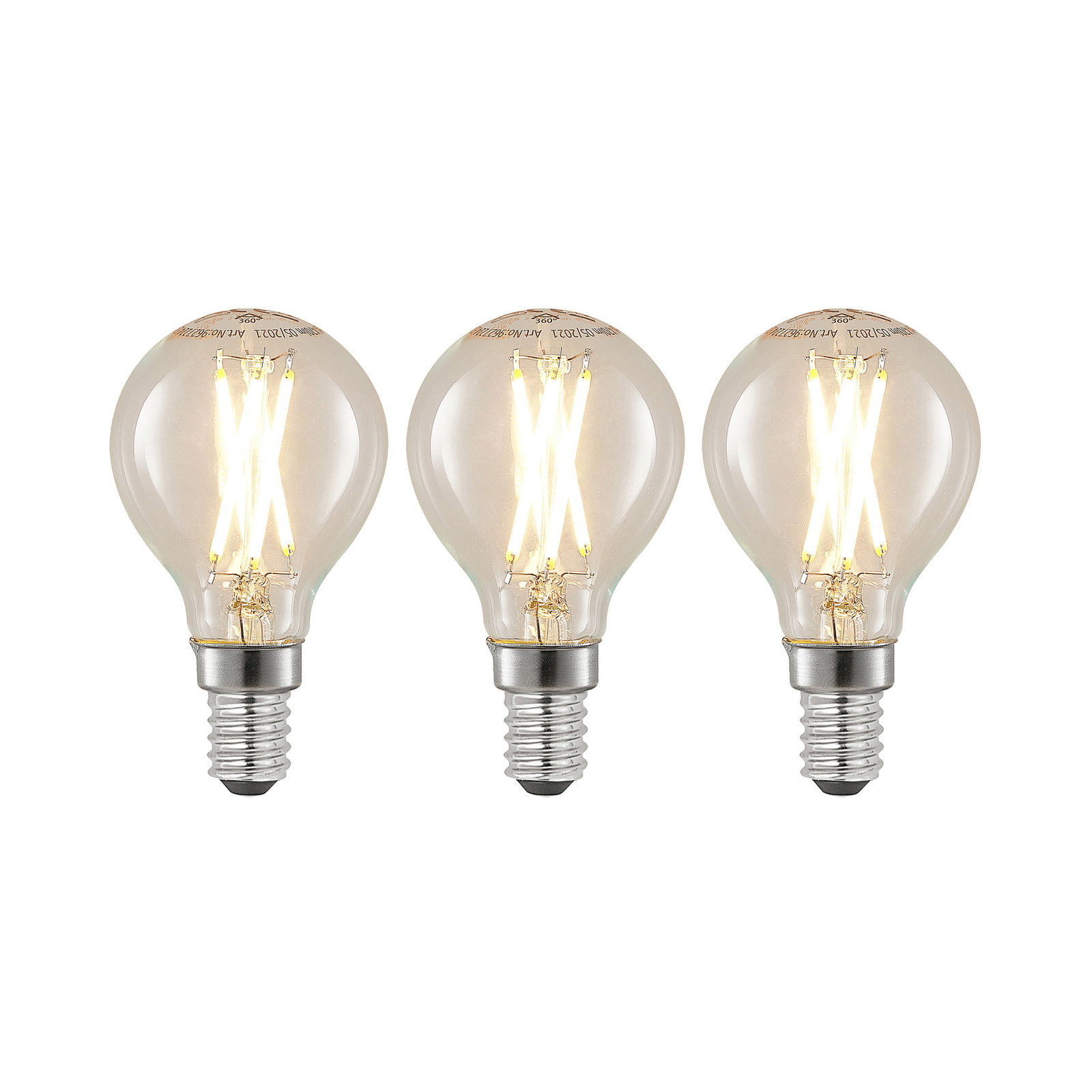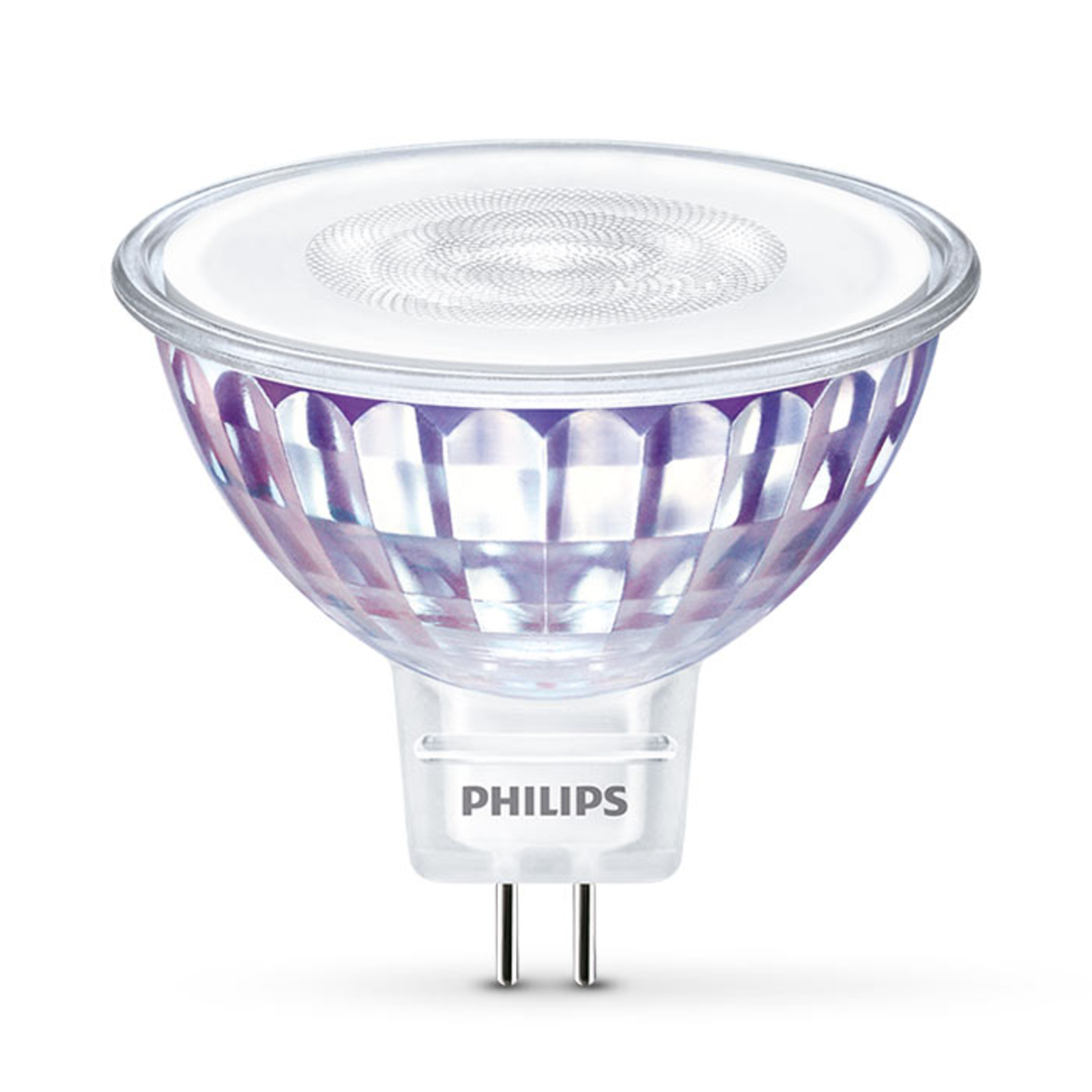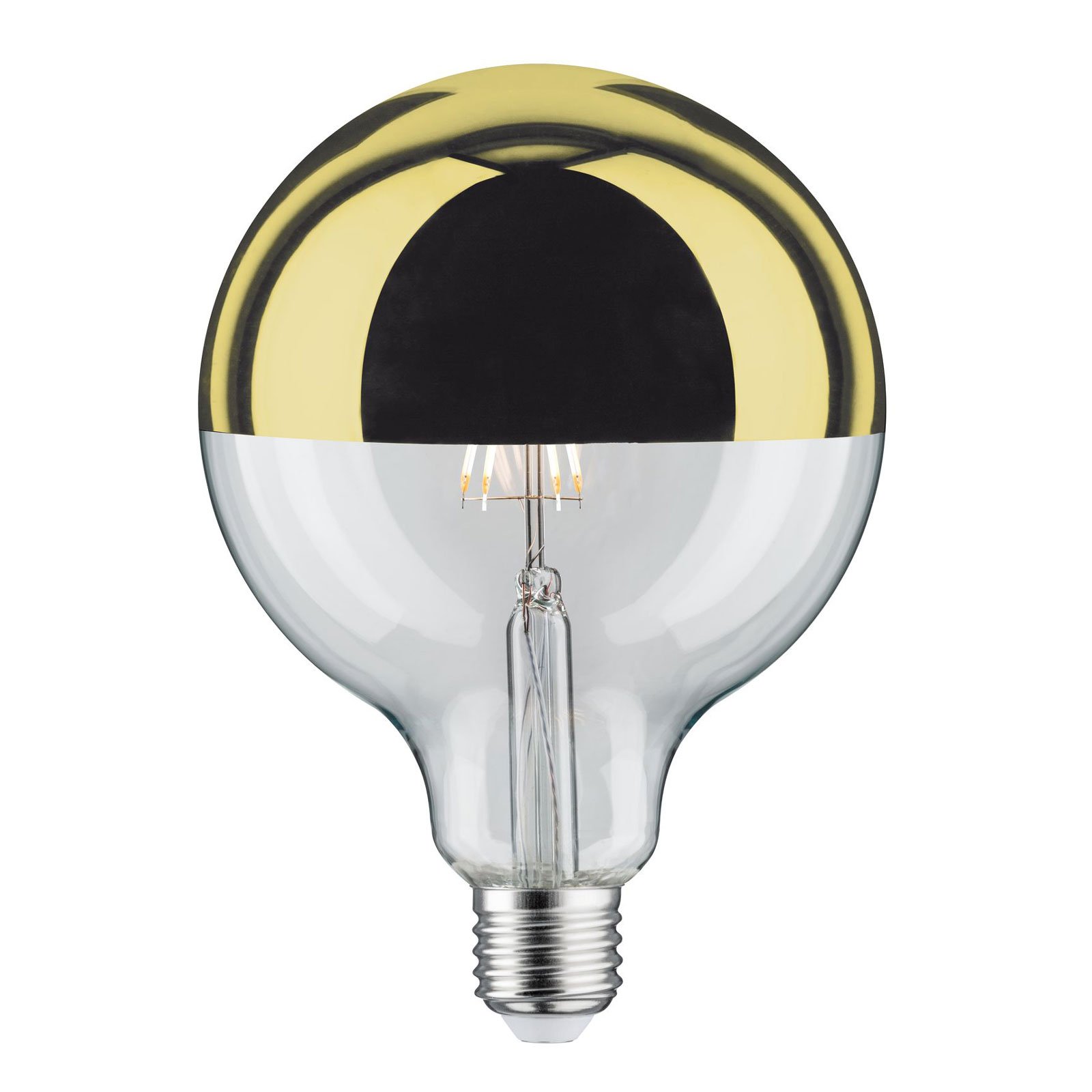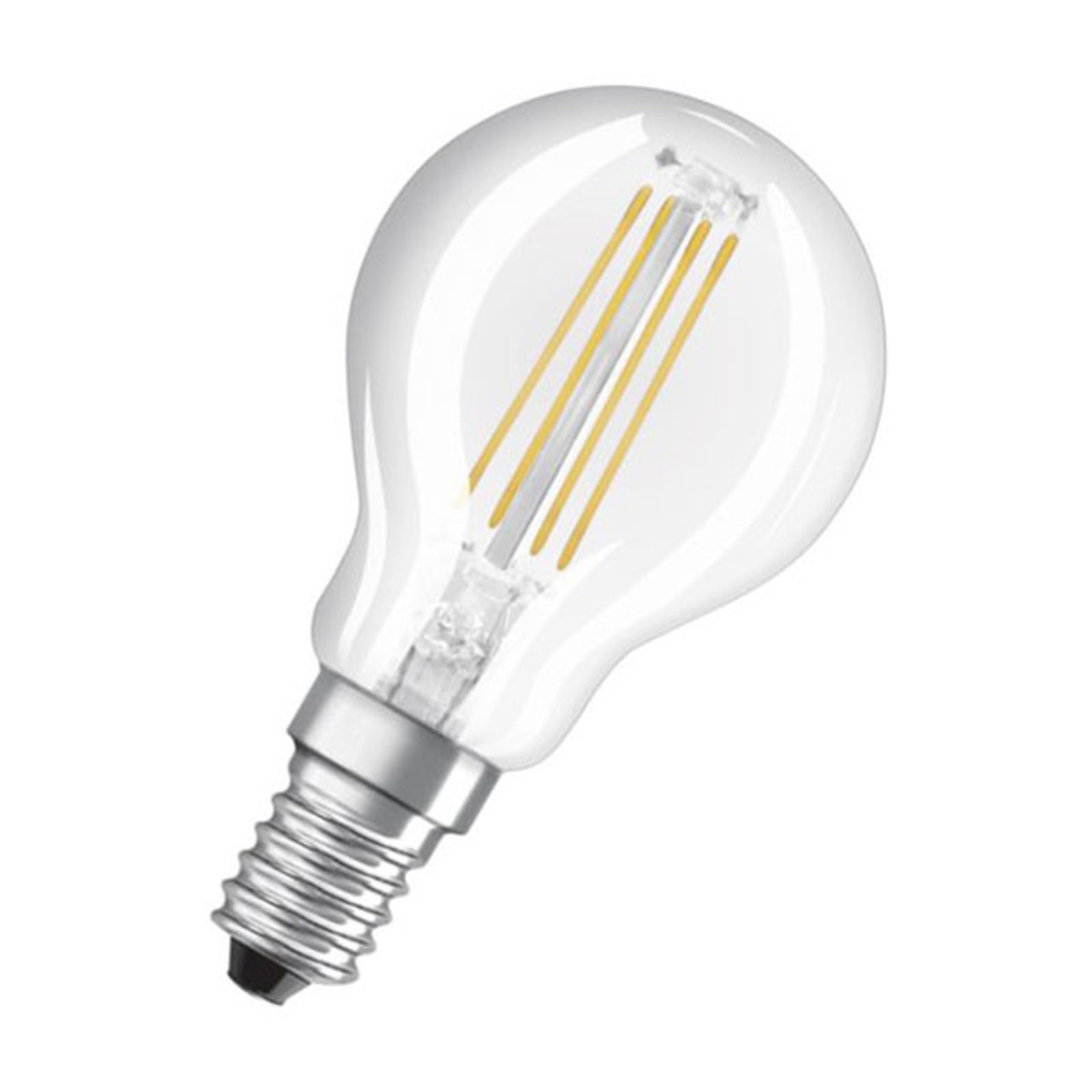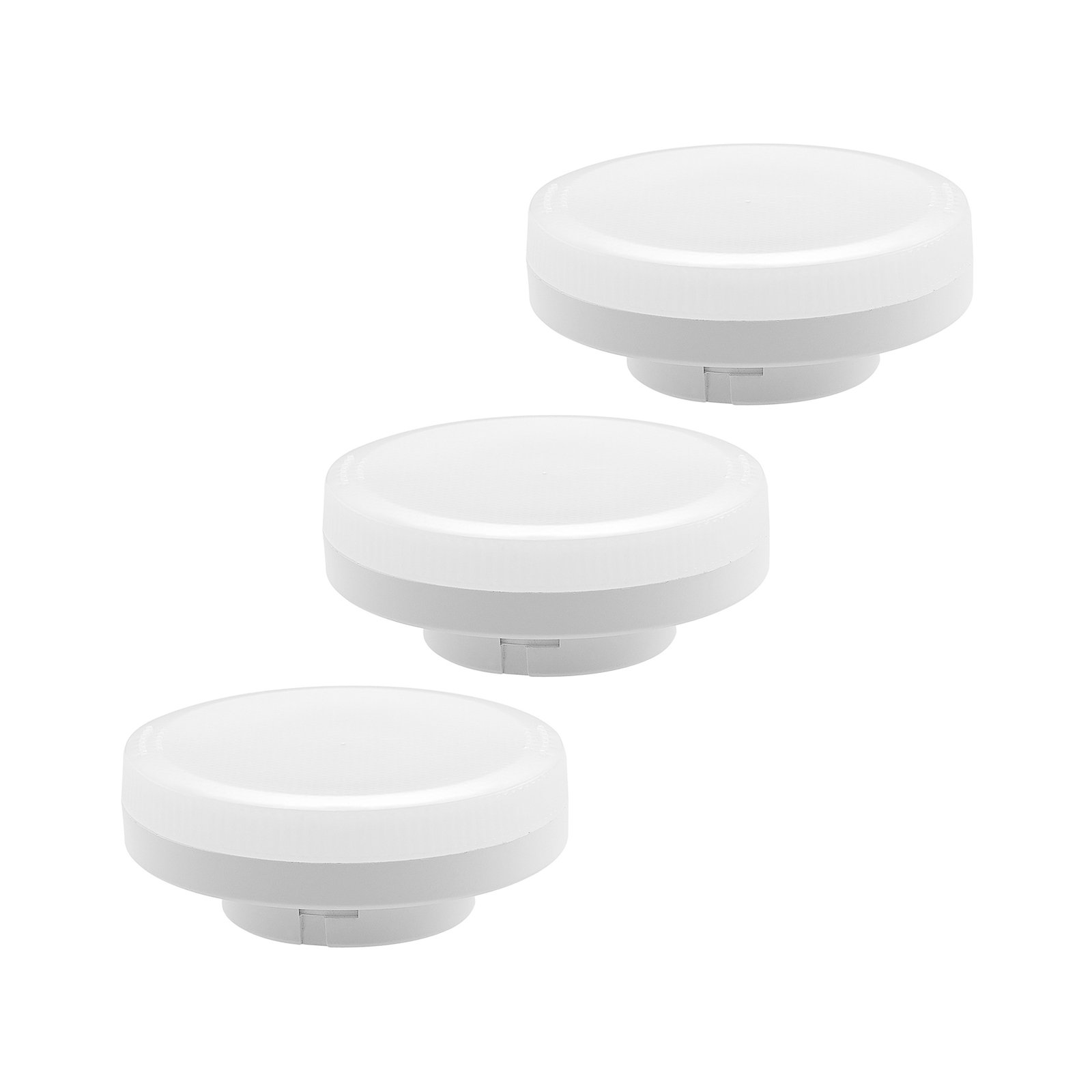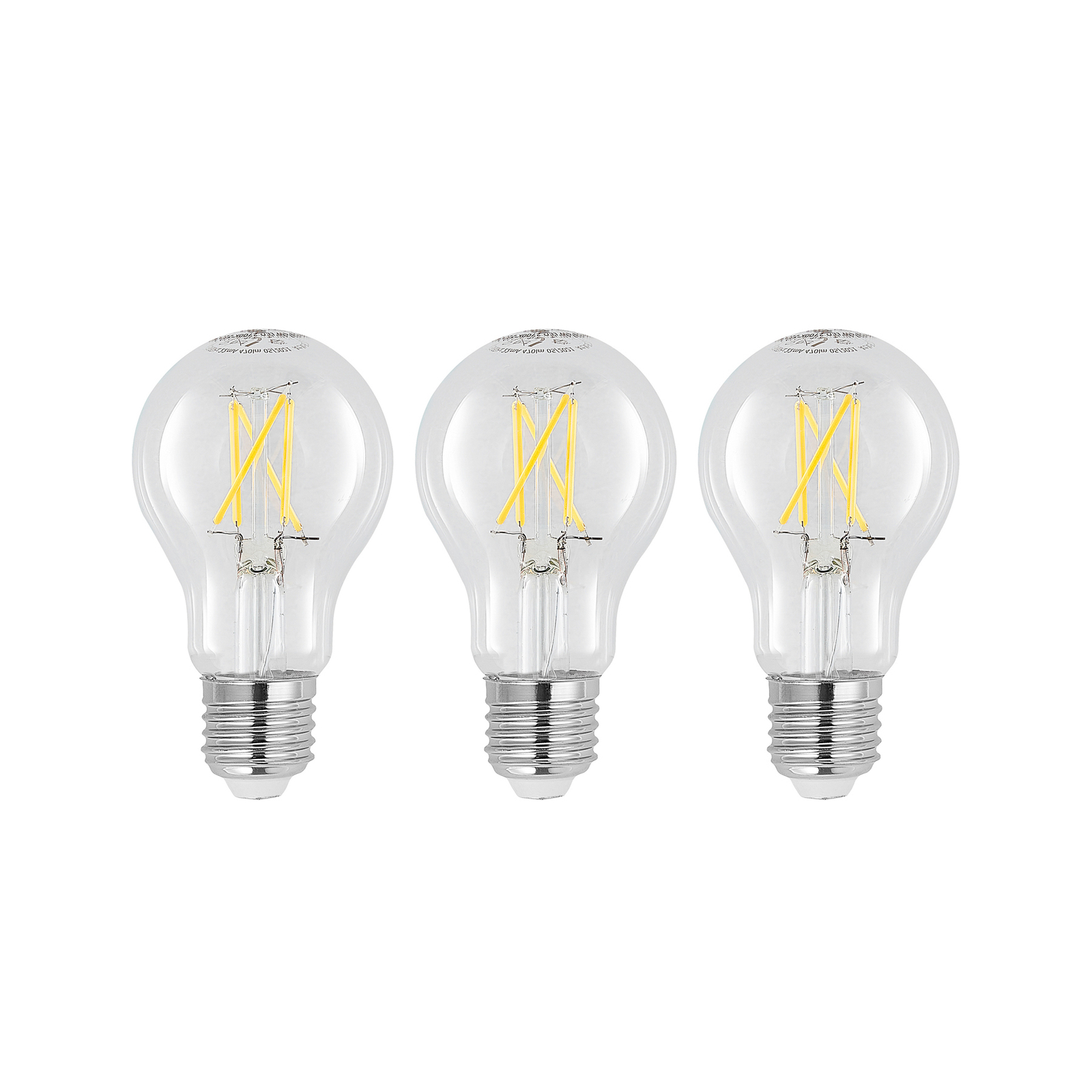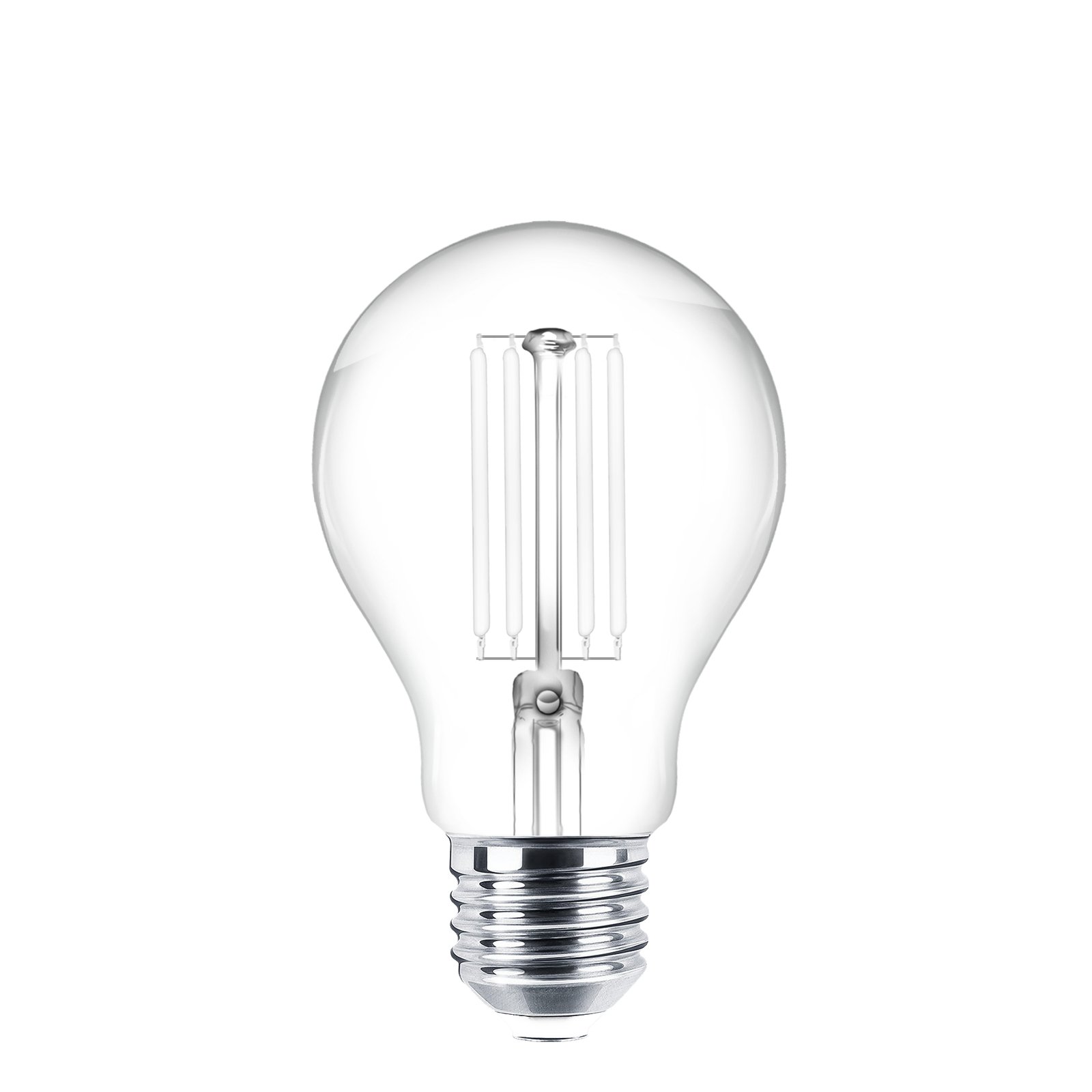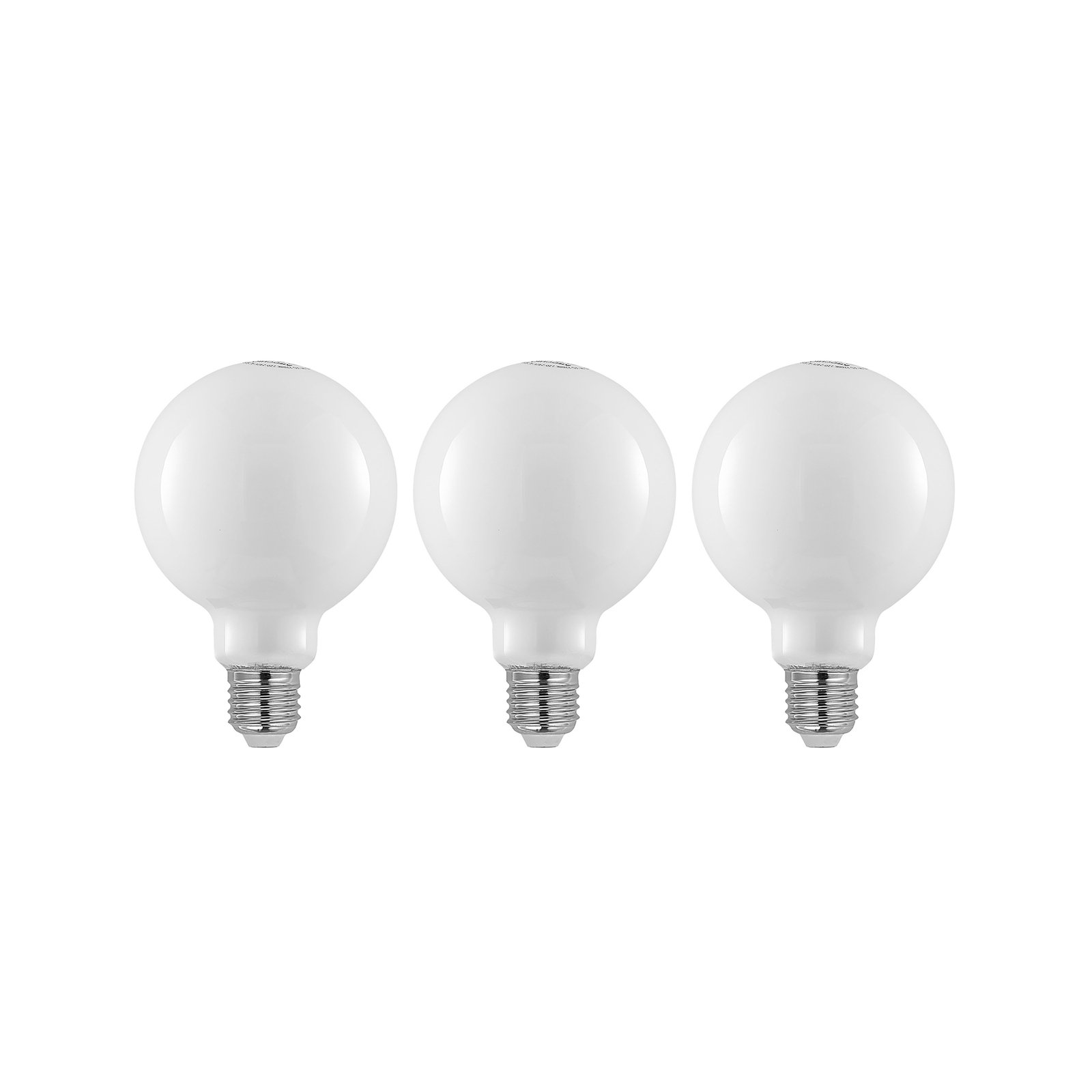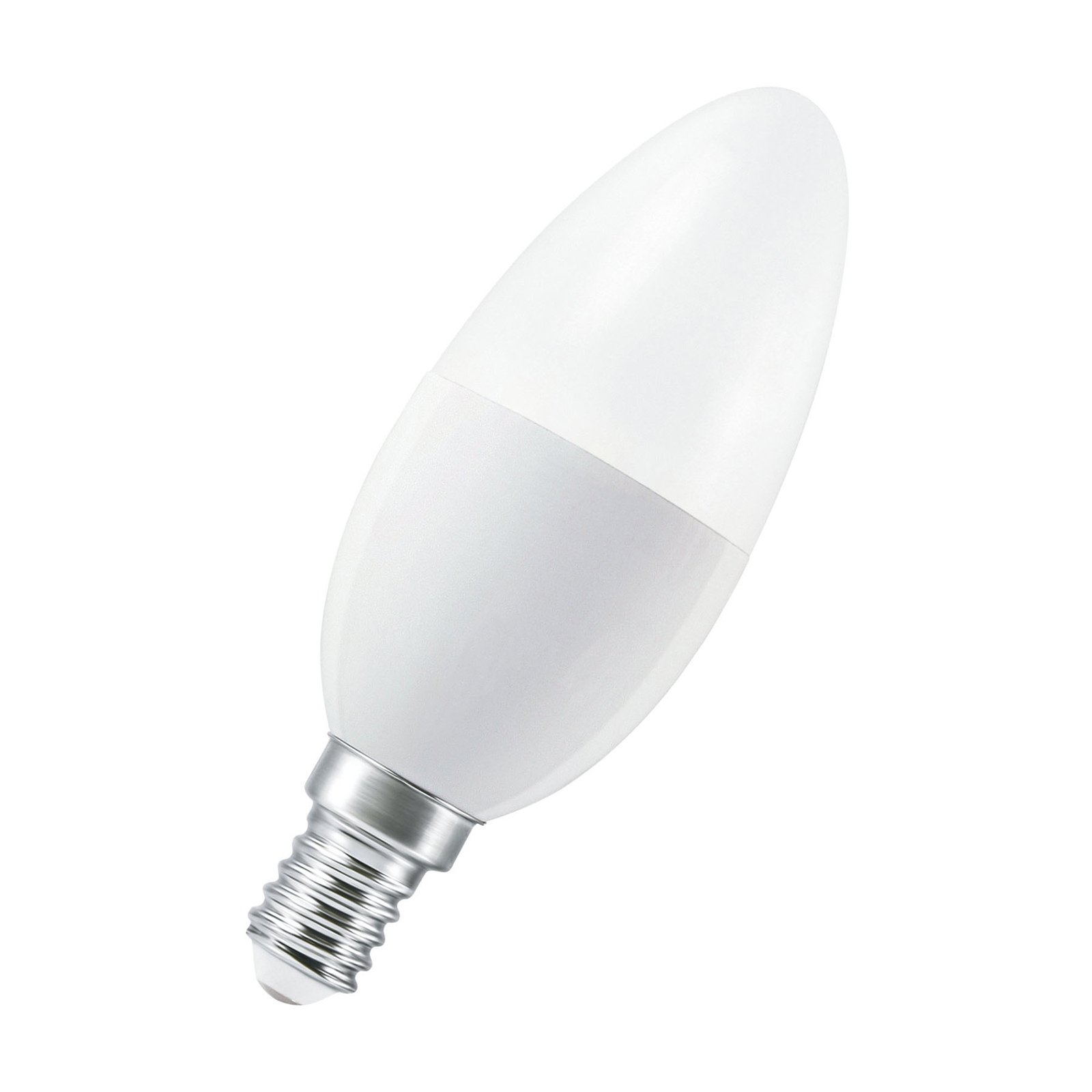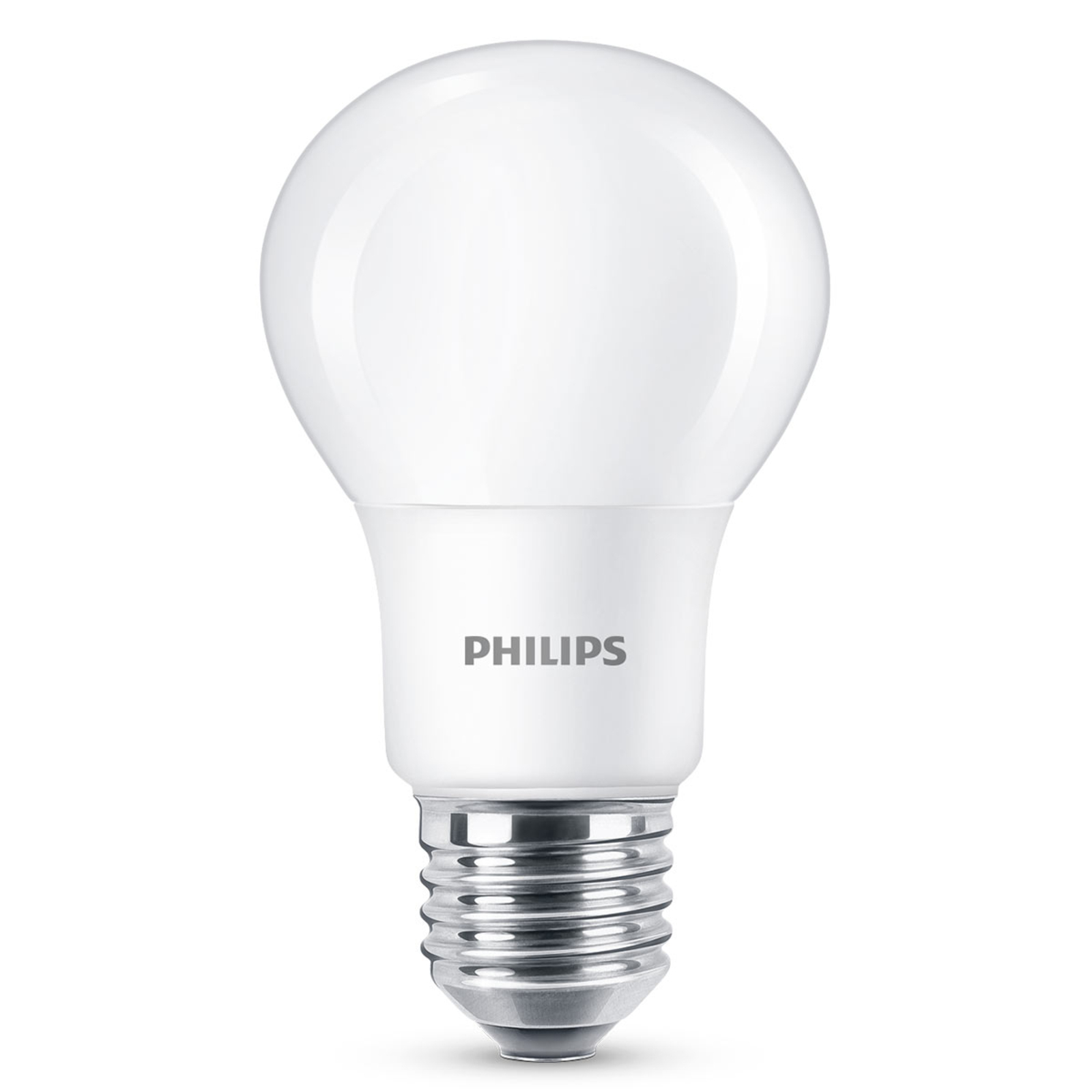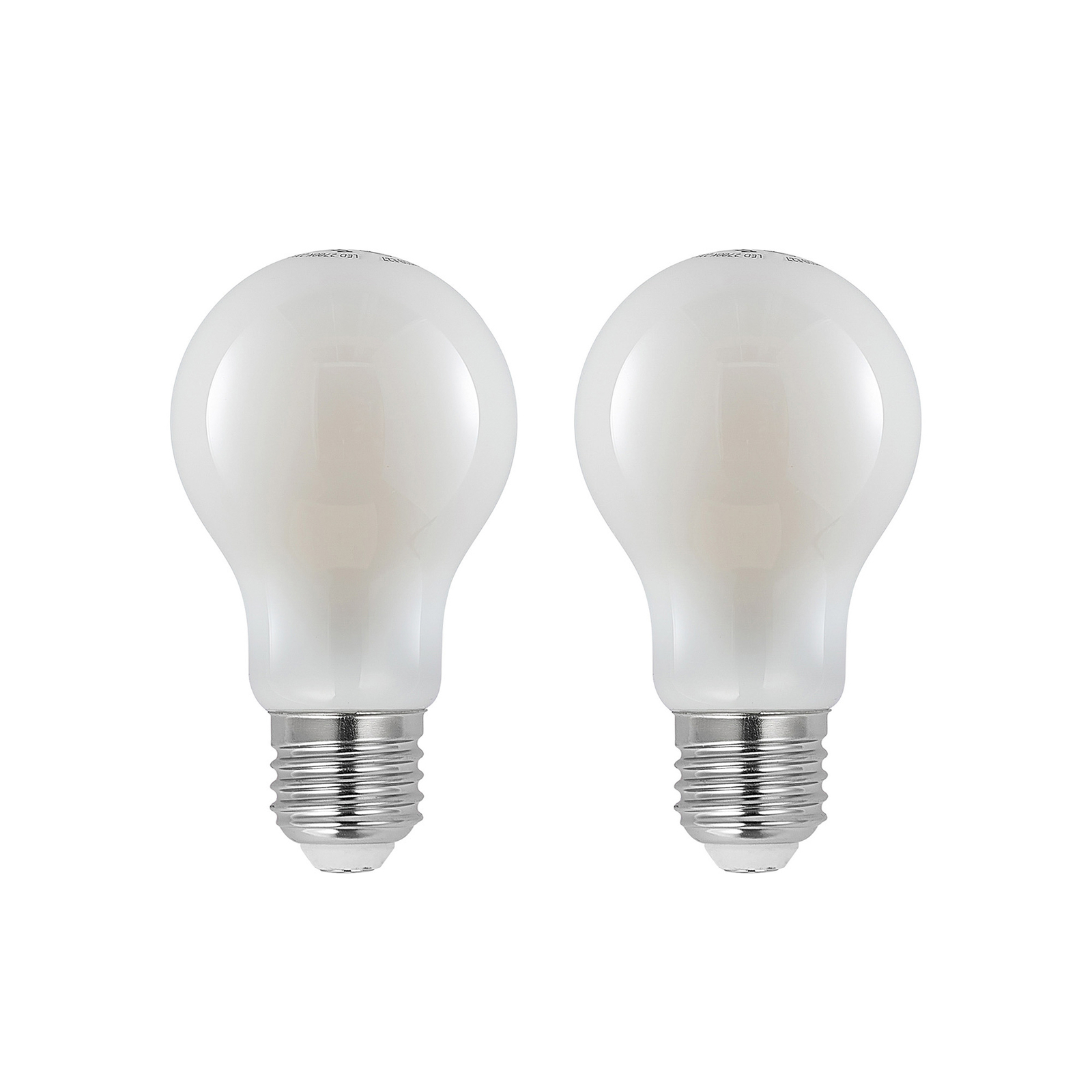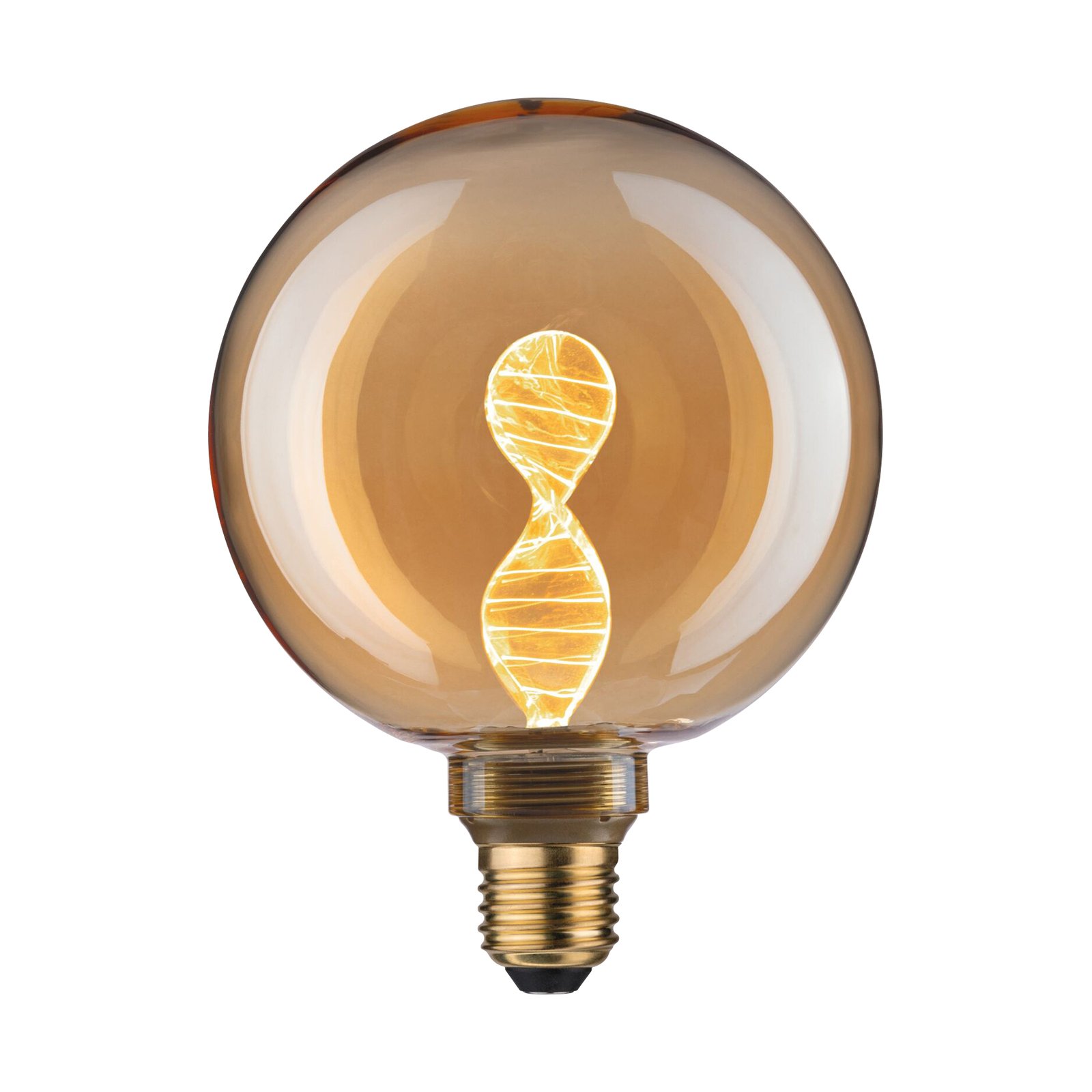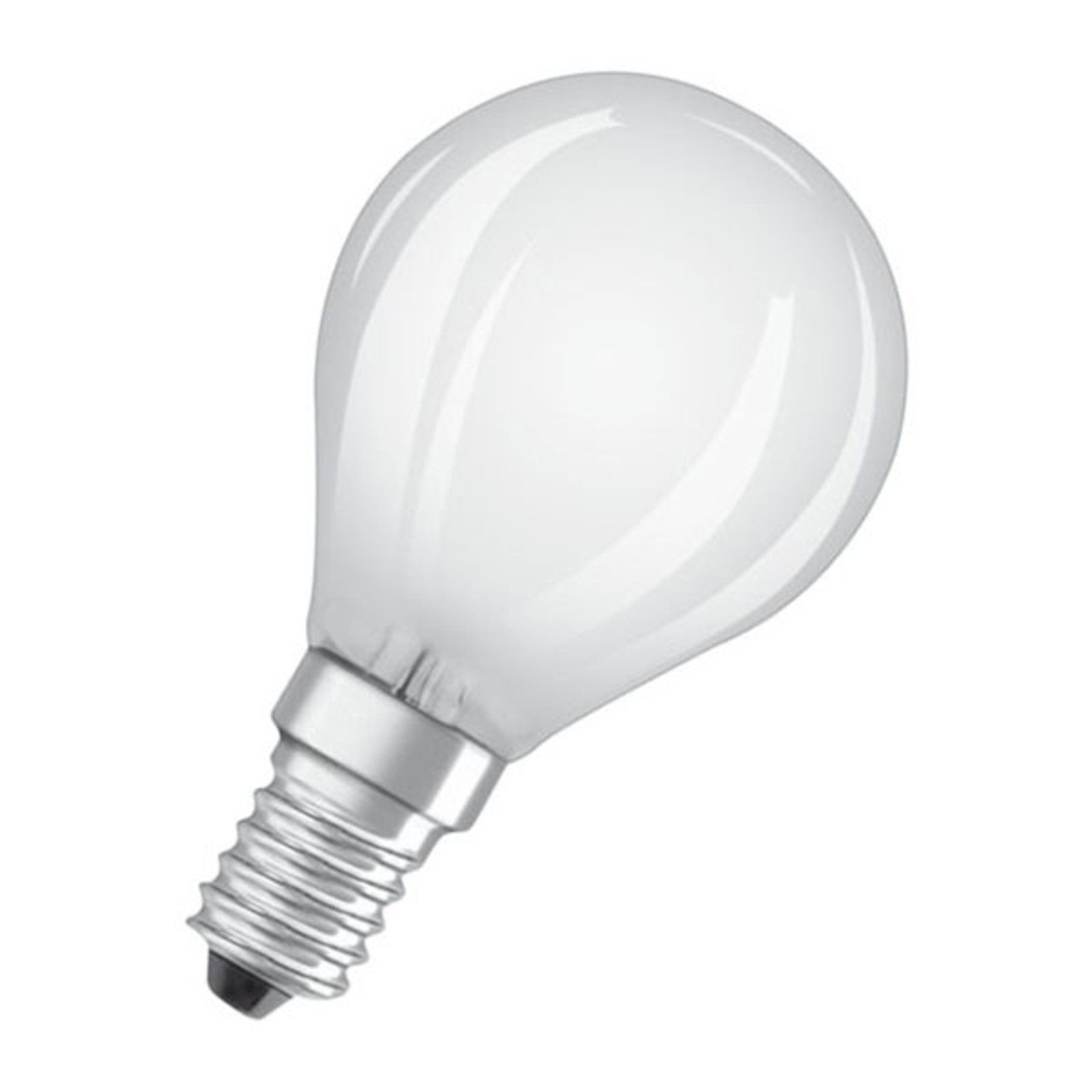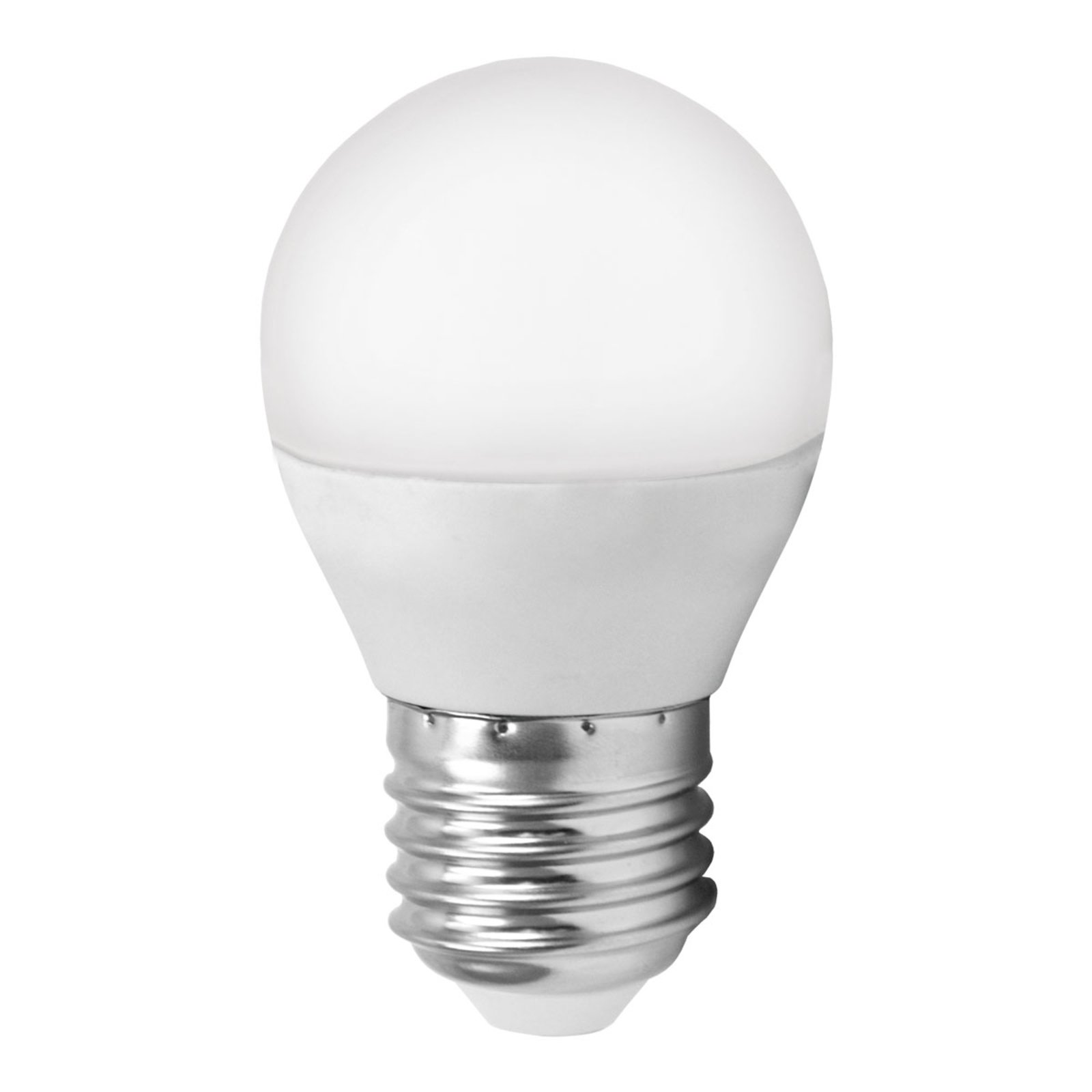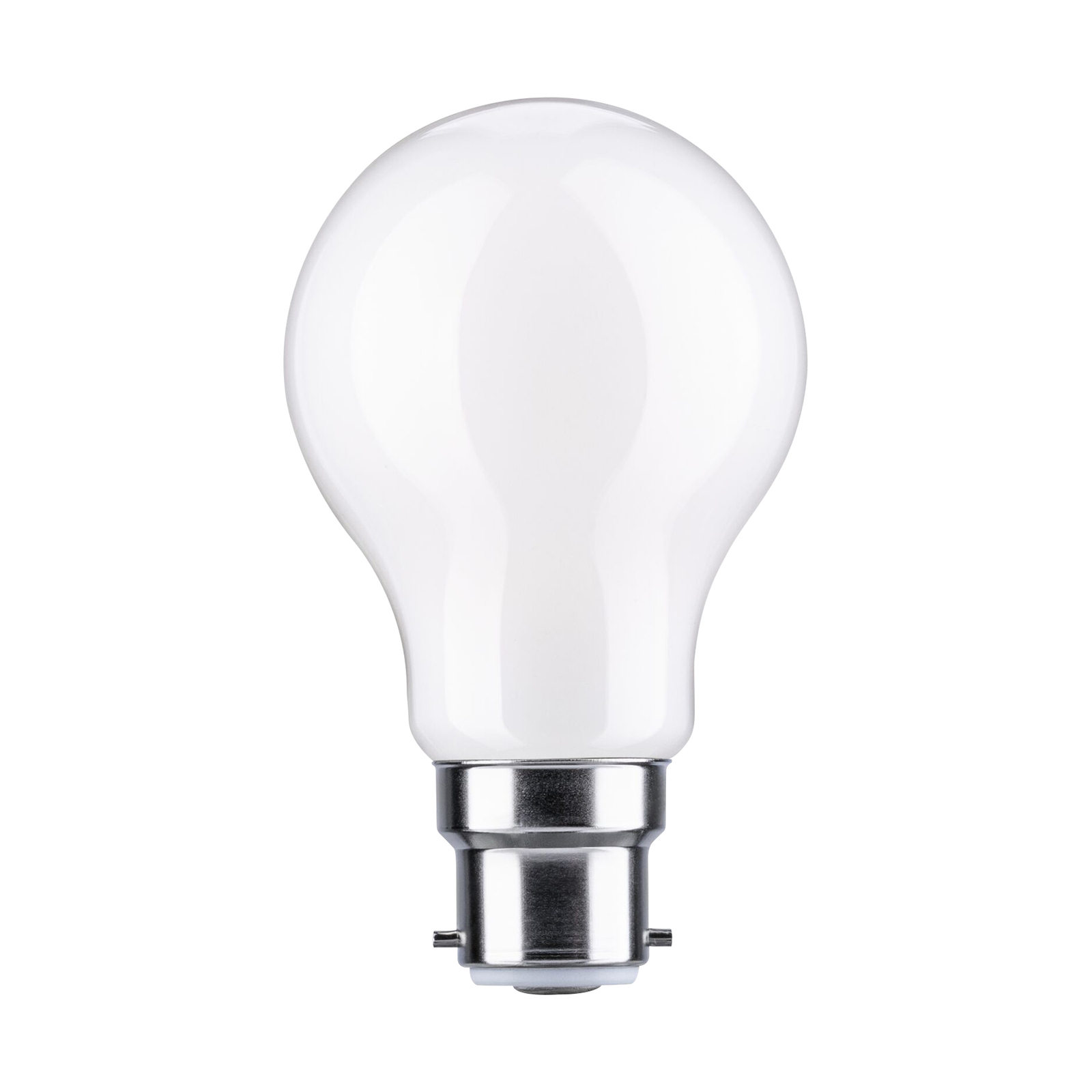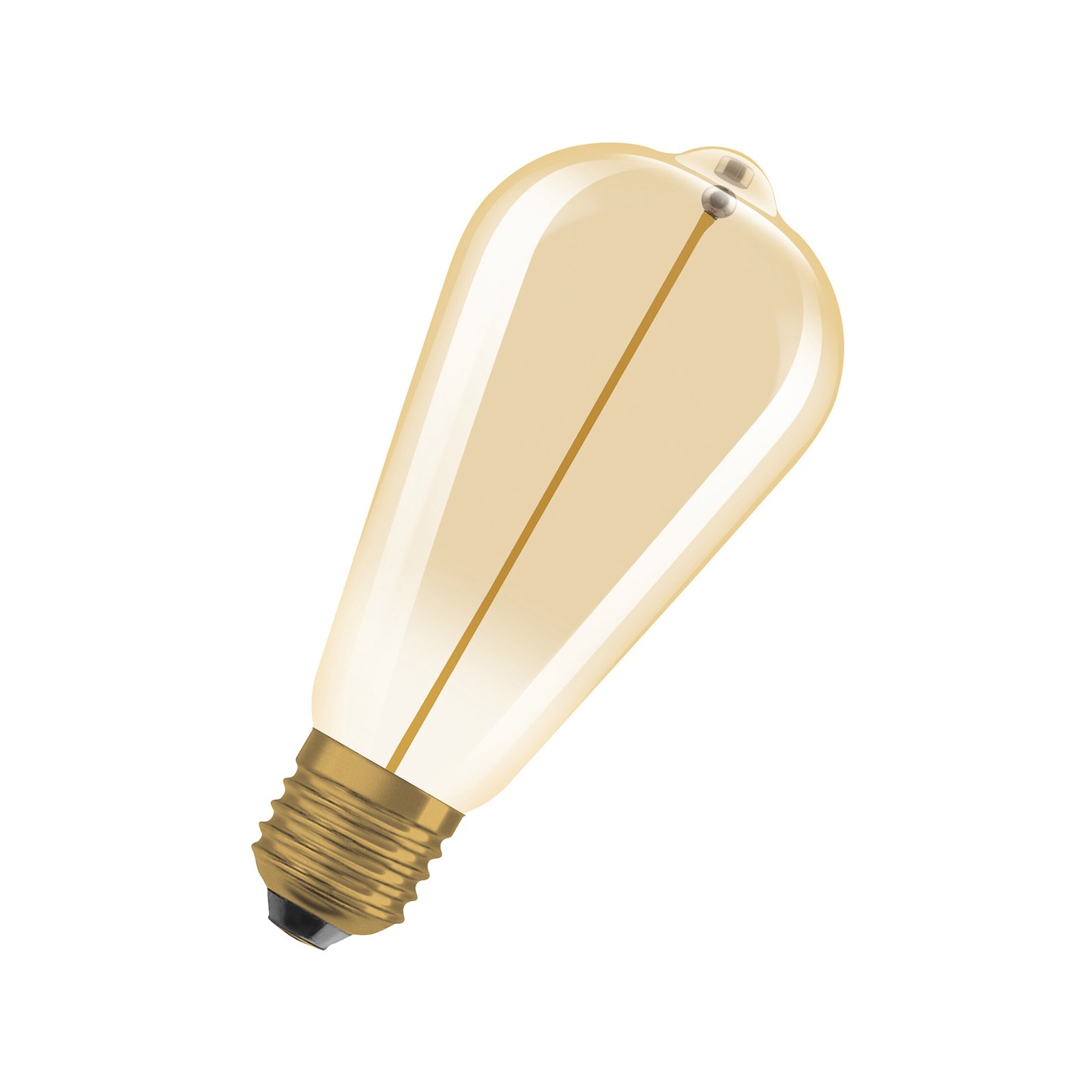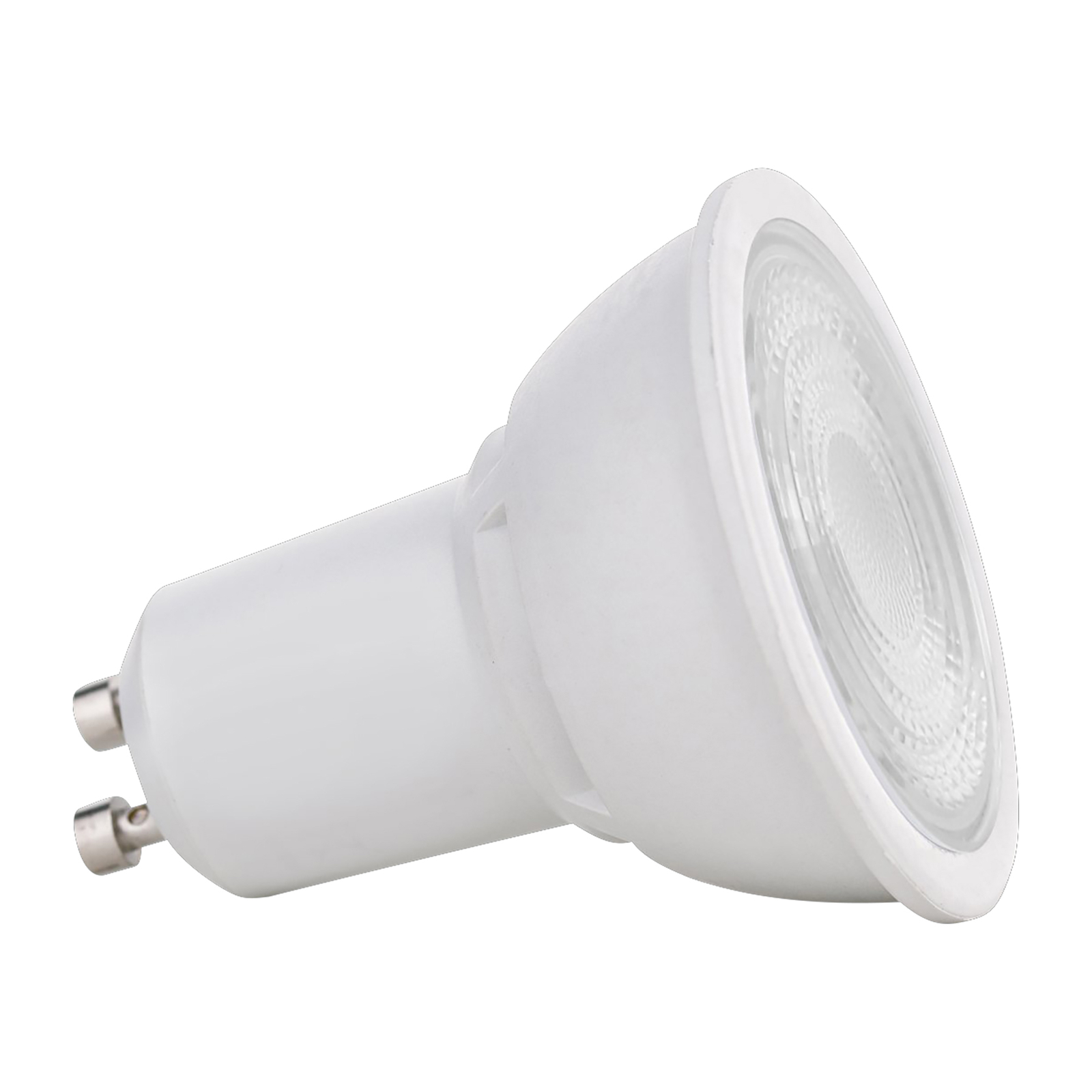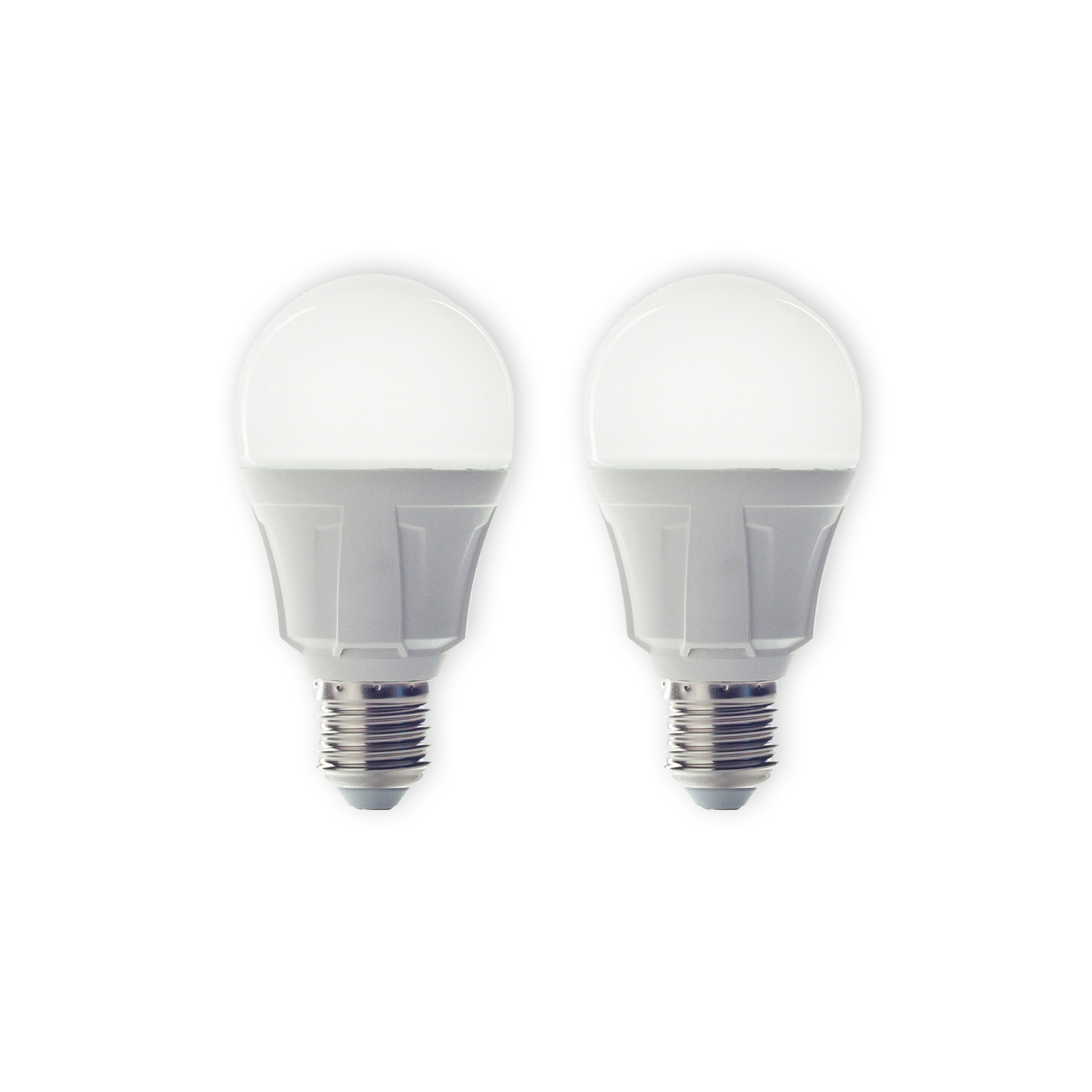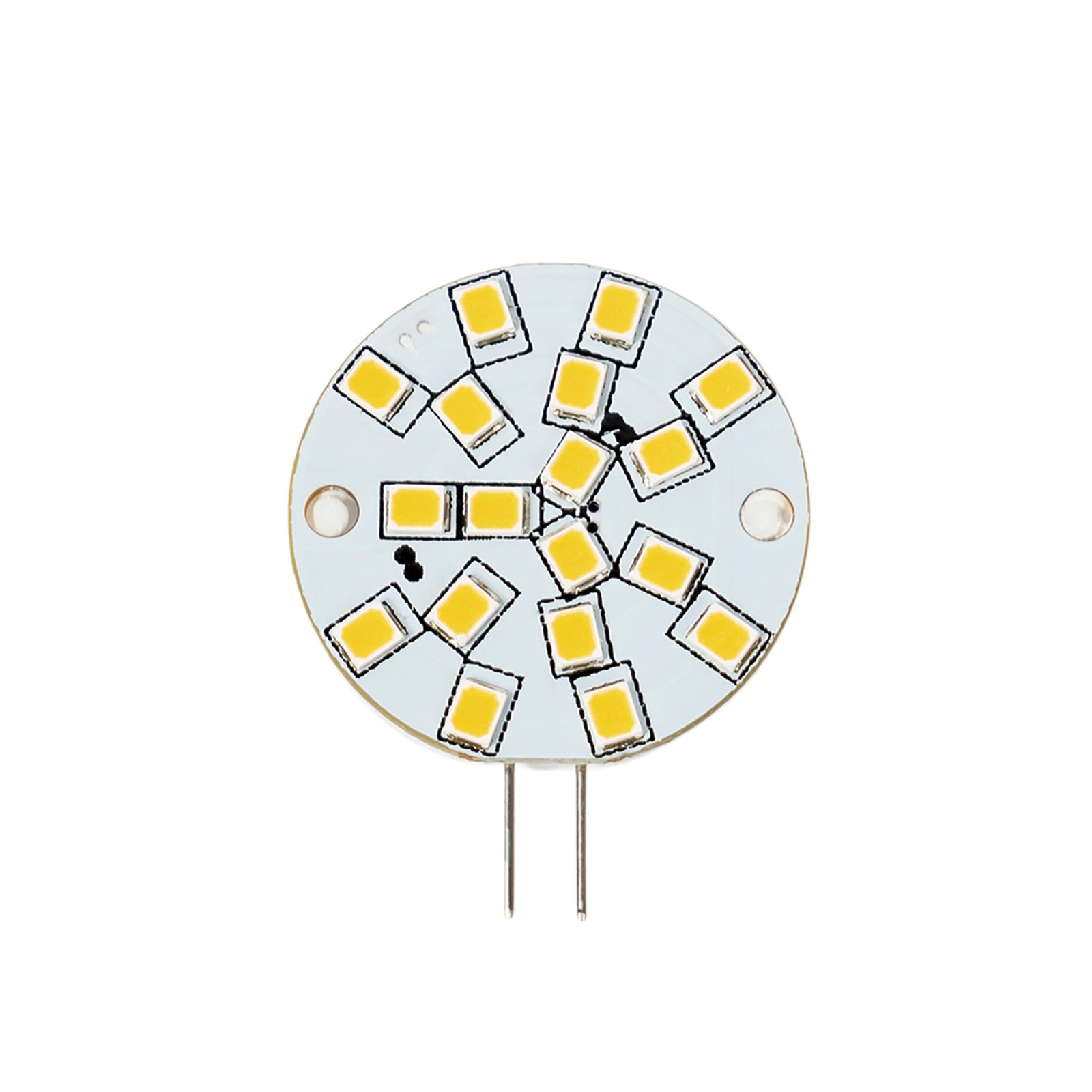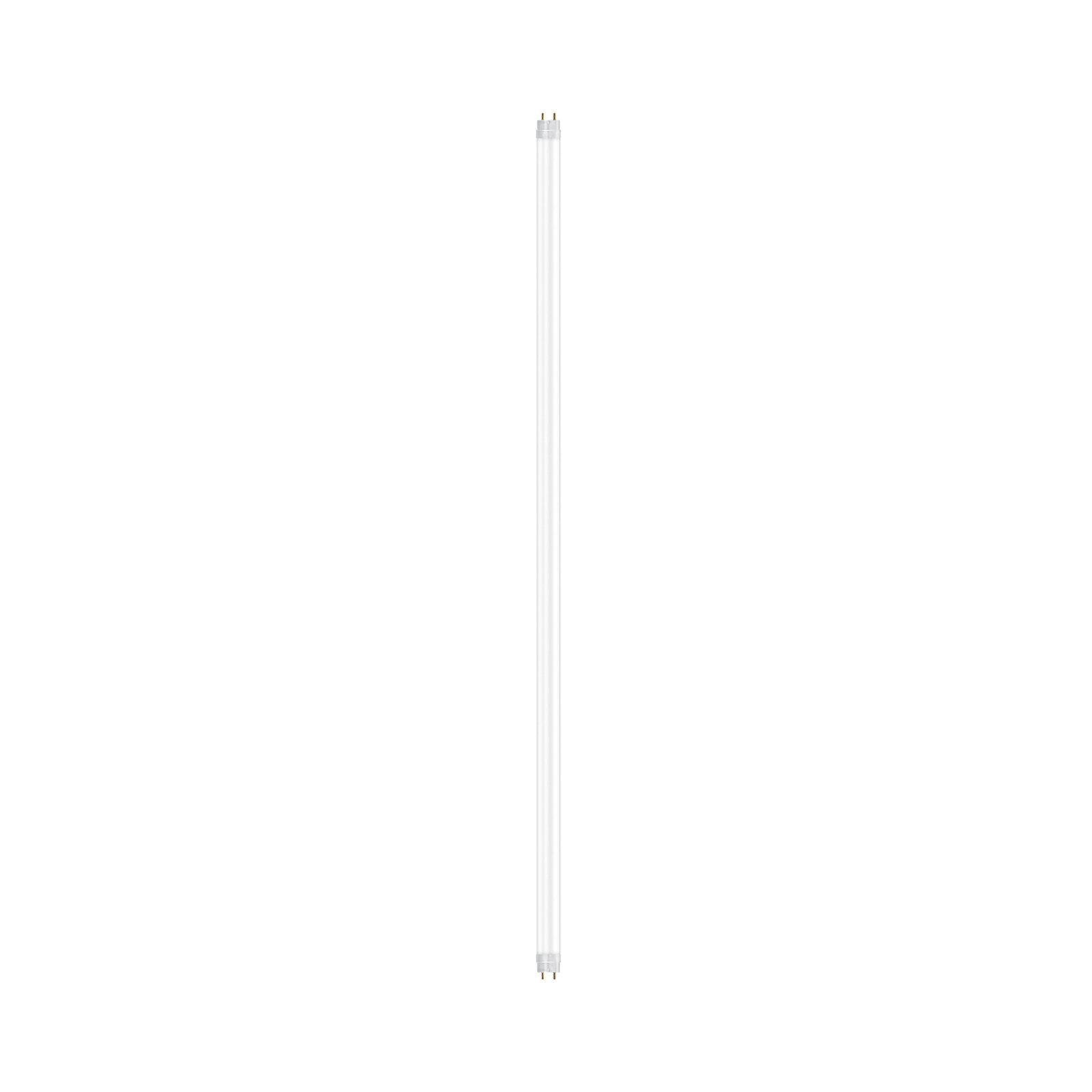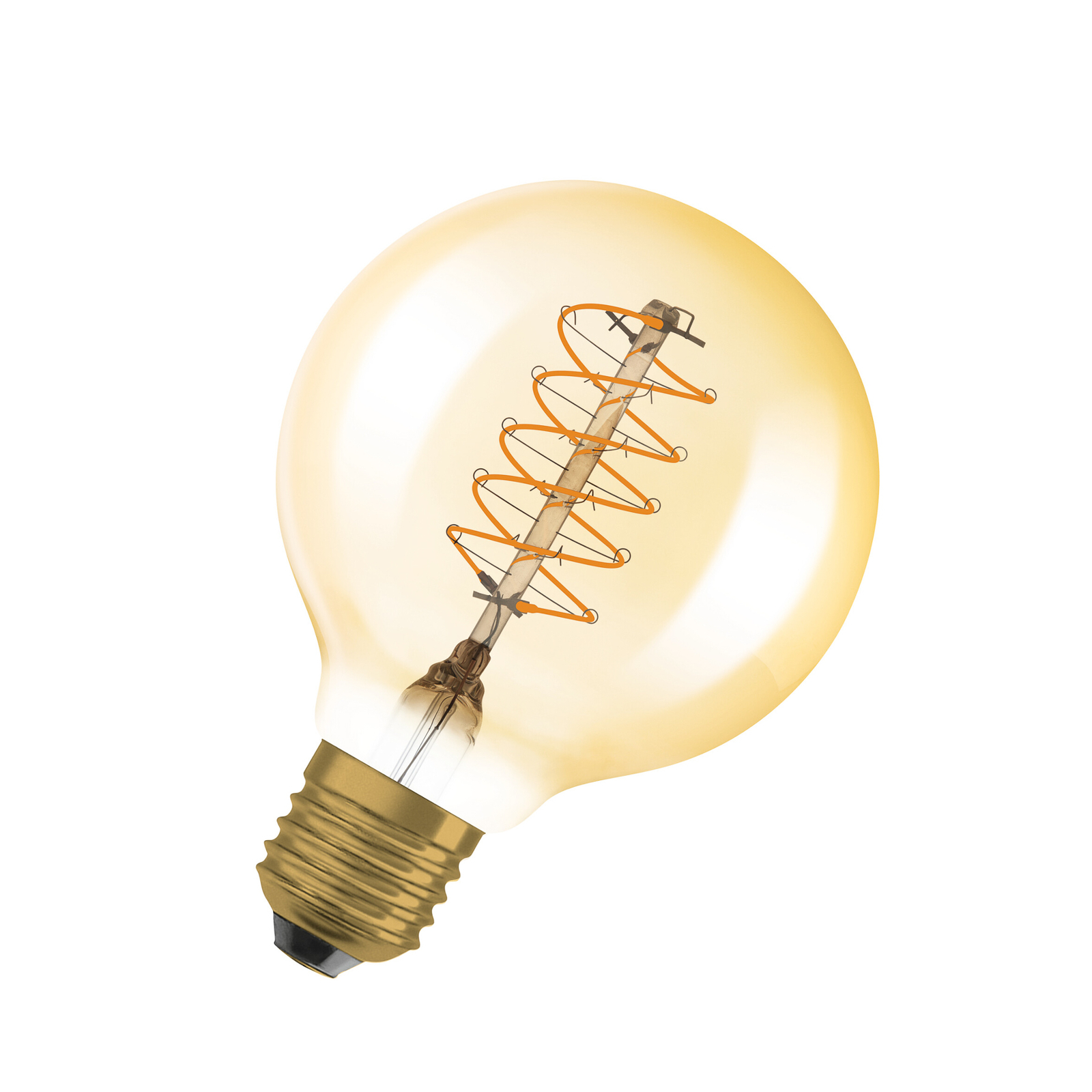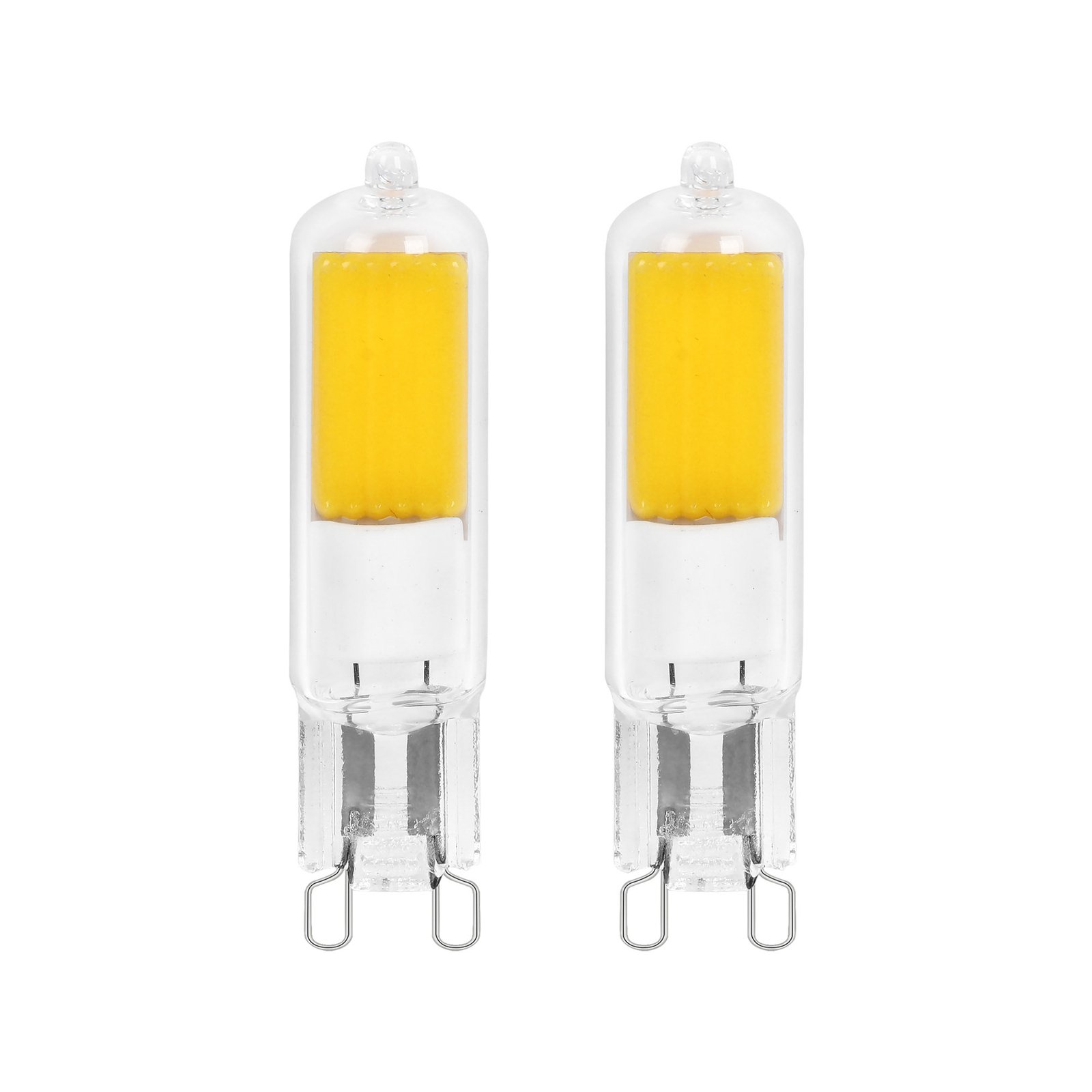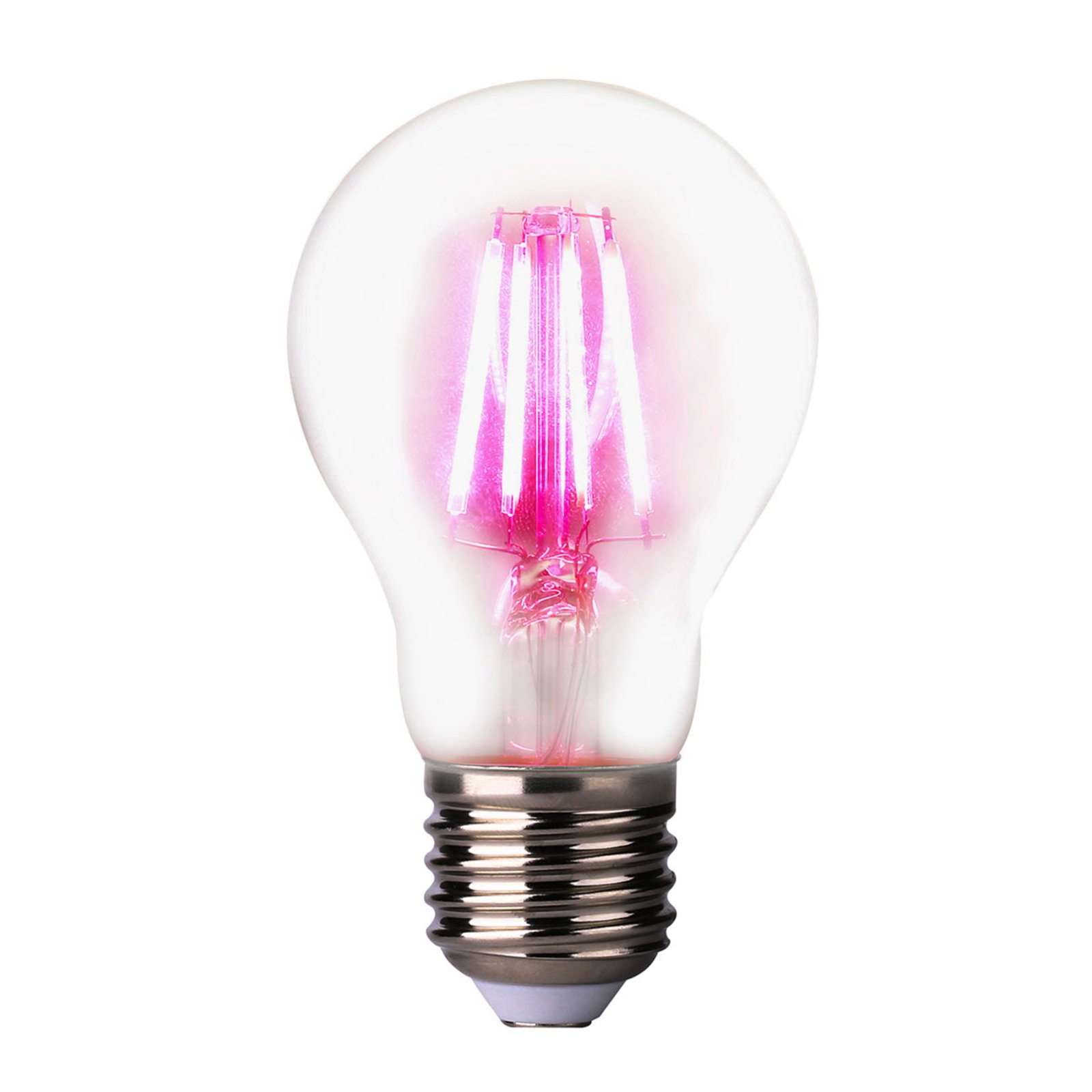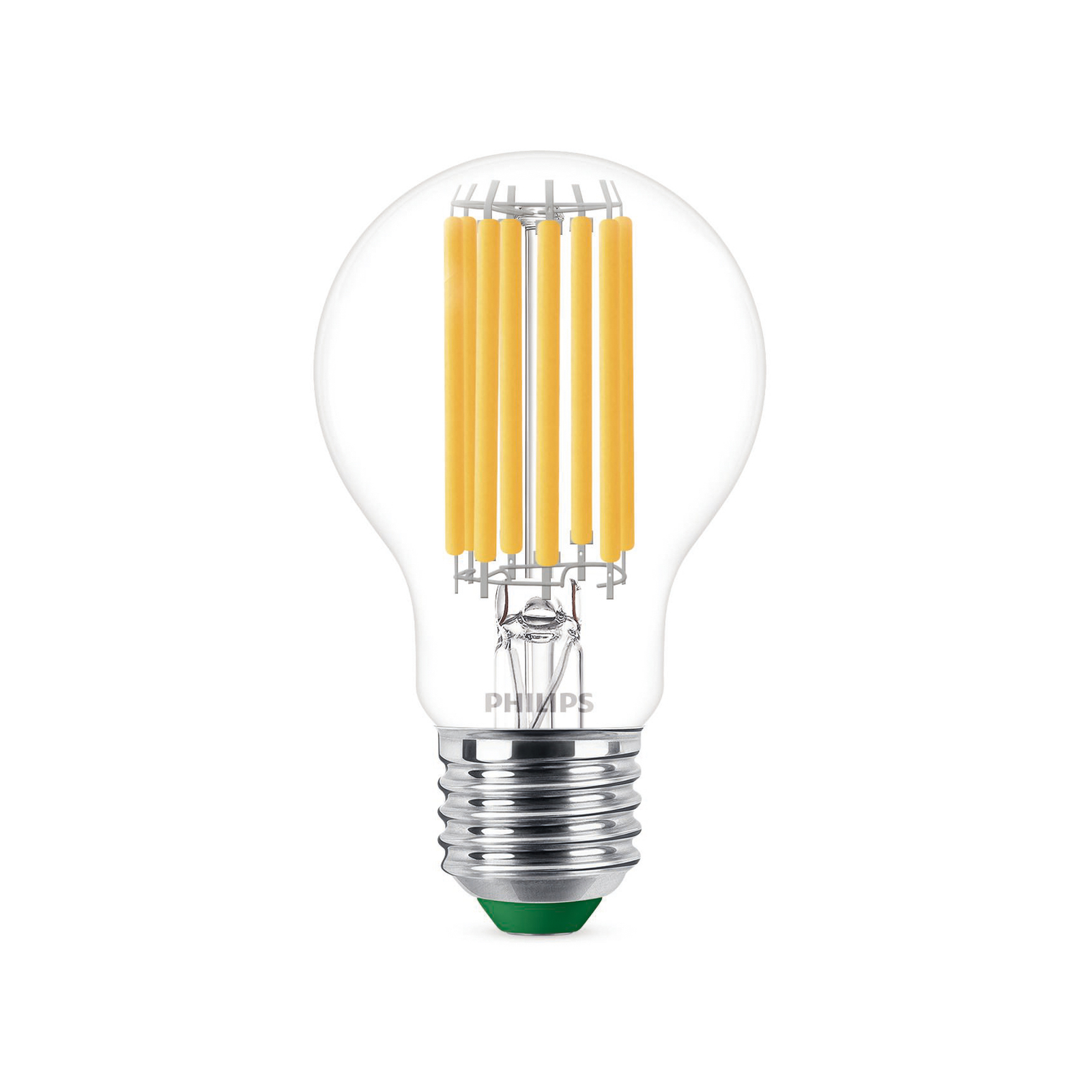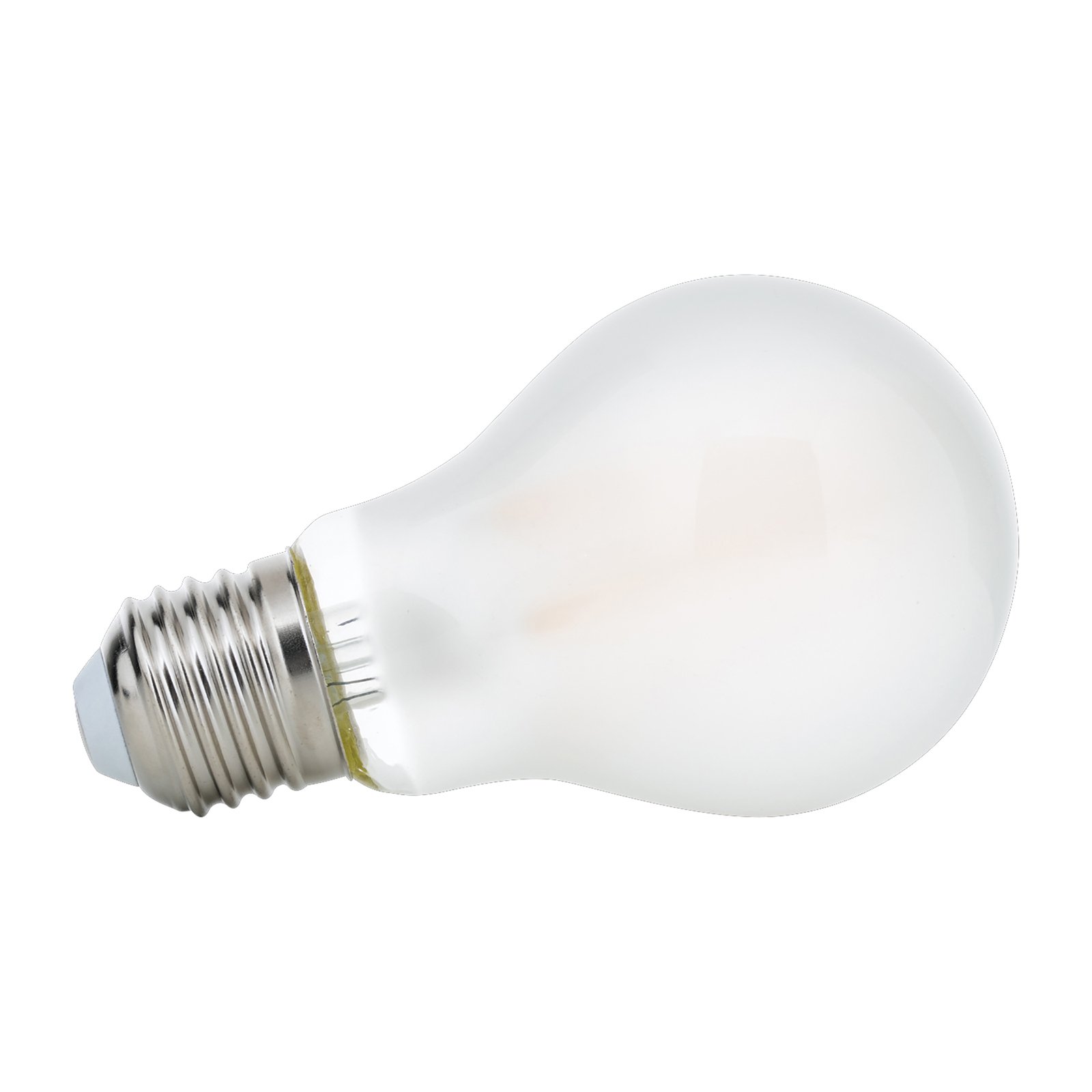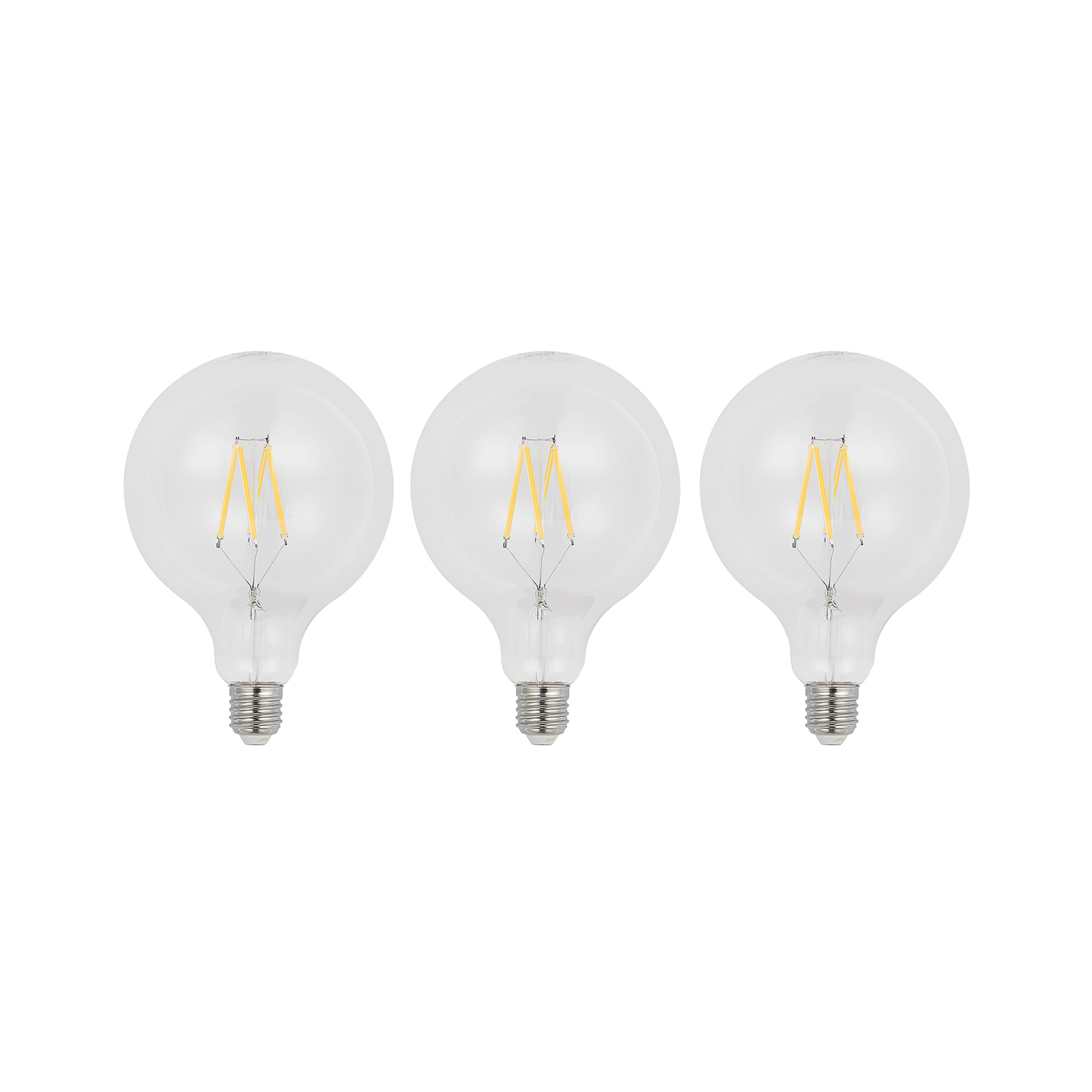- 50 days free returns
- Rated “Great” on Trustpilot
- The UK's largest selection of brands
Why LED lamps are the best choice for your lighting
Are LED lamps the light source of the future? No. They are the illuminant of the present. And for quite a long time.
Anyone still using light bulbs today is wasting 90 % of their money on electricity. For halogen lamps it is 60 %. In the case of energy-saving lamps, it is still 10 %.
Fortunately, this can be changed quickly - and above all **uncomplicated!
Please also read our guide: Incandescent lamps and their modern alternatives.
Are LED lamps expensive?
Yes, they are slightly more expensive than incandescent lamps & co. But only in terms of purchase price. And these costs quickly pay for themselves. This has to do with the fact that LED lamps consume less power** (in watts) for **the same brightness. Correctly recognised: Due to this higher luminous efficacy, the wattage hardly plays a role with LEDs.
How much do LEDs really save?
- 90 % compared to incandescent lamps
- 60 % compared to halogen lamps
- 10 % compared to energy-saving lamps
Not that much compared to an energy-saving lamp? That's right. But LED lamps have no mercury, don't take ages to reach 100 % brightness - and simply produce beautiful, homogeneous light.
Is LED light harsh and cold?
If that's what you want, yes. If not, then not. Because "harsh" and "cold" have something to do with the quality of light. And with LED lamps, you choose them yourself:
I don't want bright light
"Glaring" light, i.e. light that is too bright, can be prevented by choosing a light source with appropriate brightness. With LED lamps, this is no longer measured in watts, but in lumens. You can't imagine exactly how bright 400 lumens are, or even 4,000? Then follow this simple rule:
**The wattage of the incandescent lamp multiplied by 10 gives approximately the lumen value that your LED lamp must have.
I don't want cold light
You can prevent an LED lamp from shining too cold by selecting the right light colour. You can find this under "Light colour" in the item details.
- Warm white (below 3,300 Kelvin) is beautifully reddish and "warm ". For those who still know them: It's just like the light bulb.
- Universal white (from 3,300 to 5,300 Kelvin) is neutral white and quite "factual ". This makes it perfect for working. Because you don't want it to be too cosy, but not too sober either.
- Daylight white (over 5,300 Kelvin) has nothing to do with warm sunlight. On the contrary, it has a predominantly blue colour. This then looks really "cold ", but has its advantages in cellars and the like.
Are LED lamps dimmable (like incandescent lamps)?
Do you want dimmable light because you want to create a pleasant atmosphere in your living room with dimmed light in the evening? Let's understand. And of course you can also do this with LED lamps. However, not every LED lamp is dimmable. Fortunately, dimmable LED lamps are labelled as such and listed in the separate category "dimmable LED lamps".
*Still not quite sure which LED lamp you can dim with which dimmer? Our specialist advisors will be happy to help you. _Here_ you will find our contact form.
Are you interested in light sources with other smart features? Discover our selection of smart LED lamps from Philips Hue or the practical Smart Home Starter Sets.
How can LED lamps be retrofitted?
In principle, any luminaire that has a socket can be retrofitted with LED light sources. This is because LED alternatives have recently become available for the most common sockets. Take a look at the socket of your favourite pendant light. Do you see a screw thread there? Then it is probably an E27 or E14 socket. And all E27 or E14 LED lamps fit into this socket. This is because they have a standardised base (just like incandescent lamps, halogen lamps and energy-saving lamps). And it always fits into the standardised socket.
Which LED lamp replaces a 100-watt light bulb?
It is best to proceed according to the number of lumens. This is because the power consumption, i.e. the consumption in watts, and the luminous efficacy, i.e. the lumens generated, differ depending on the quality and manufacture of the LED lamp. At Lampenwelt.de, the line "Comparative value (W)" in the product details will help you. Does your luminaire say "maximum 100 watts"? Then it is best to choose a light source that corresponds to a maximum comparative value of 100 watts. For example, an R7s halogen lamp with 100 watts can be replaced by an R7s LED lamp with around 14 watts.
Yes, you really are saving the remaining 86 watts!
How long do LED lamps last?
LEDs last up to 50,000 hours. With a daily use of 4 hours, that makes over 34 years. So sit back and relax with LED light and don't worry about when you will have to dispose of it.
How do I dispose of LED lamps?
LED lamps (like energy-saving lamps) should not be disposed of with household waste. While energy-saving lamps do not belong in household waste because of the mercury, LED lamps have many electronic parts. This means that LED lamps are electronic waste and are disposed of at a collection centre.
The strike-through prices correspond to the manufacturer's RRP.
All prices include 20% VAT, delivery costs excluded.




































